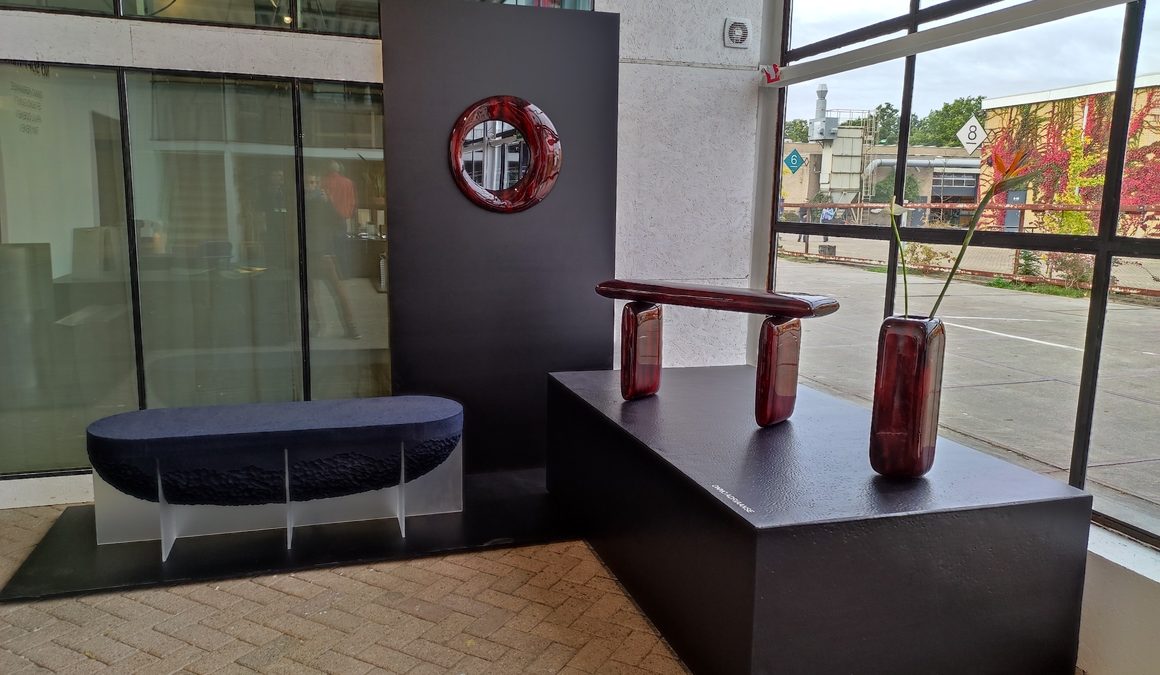
DUTCH DESIGN WEEK notches up 20 years
This article was written for Salone del Mobile.Milano and previously published on salonemilano.it digital platform
This year’s Dutch Design Week , on in the city of Eindhoven until 24th October, is fuller than ever: two thousand designers and creatives on exhibit in a hundred or so urban locations, a packed programme of lectures, debates and networking events, plus three exceptional ambassadors: Floris Alkemade, the former Chief Government Architect, the designer and artist Christien Meindertsma and Natsai Audrey Chieza, founder and CEO of Faber Futures. The leading theme of the entire week is a clear reference to the XIV Triennale di Milano in 1968, Il Grande Numero which, curated by Giancarlo De Carlo, closed after a couple of days because of a sit-in by Milanese students. Here, the Dutch The Greater Number is interpreted as a crucial post-pandemic reflection, a criticism of the damage done to the contemporary world by overproduction and waste. Hence the fact that, the first work we come across in the Klokgebouw building in the evocative nella Strijp industrial area built for Philips and observed from the top of Stefano Boeri’s social housing version of his vertical forest, is a reinterpretation of a 1968 work by Saul and Elaine Bass, Thoughts On Creativity. The installation draws on both the eight chapters of the film and the original display, set in the current period.
c
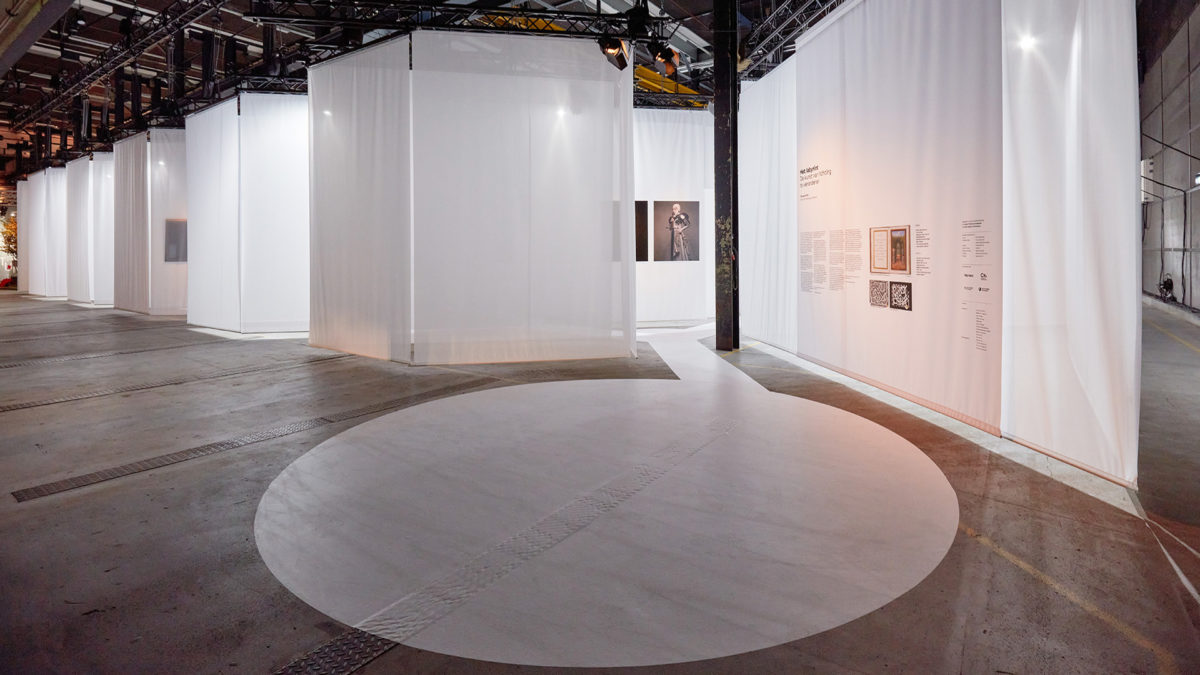
Labirynth 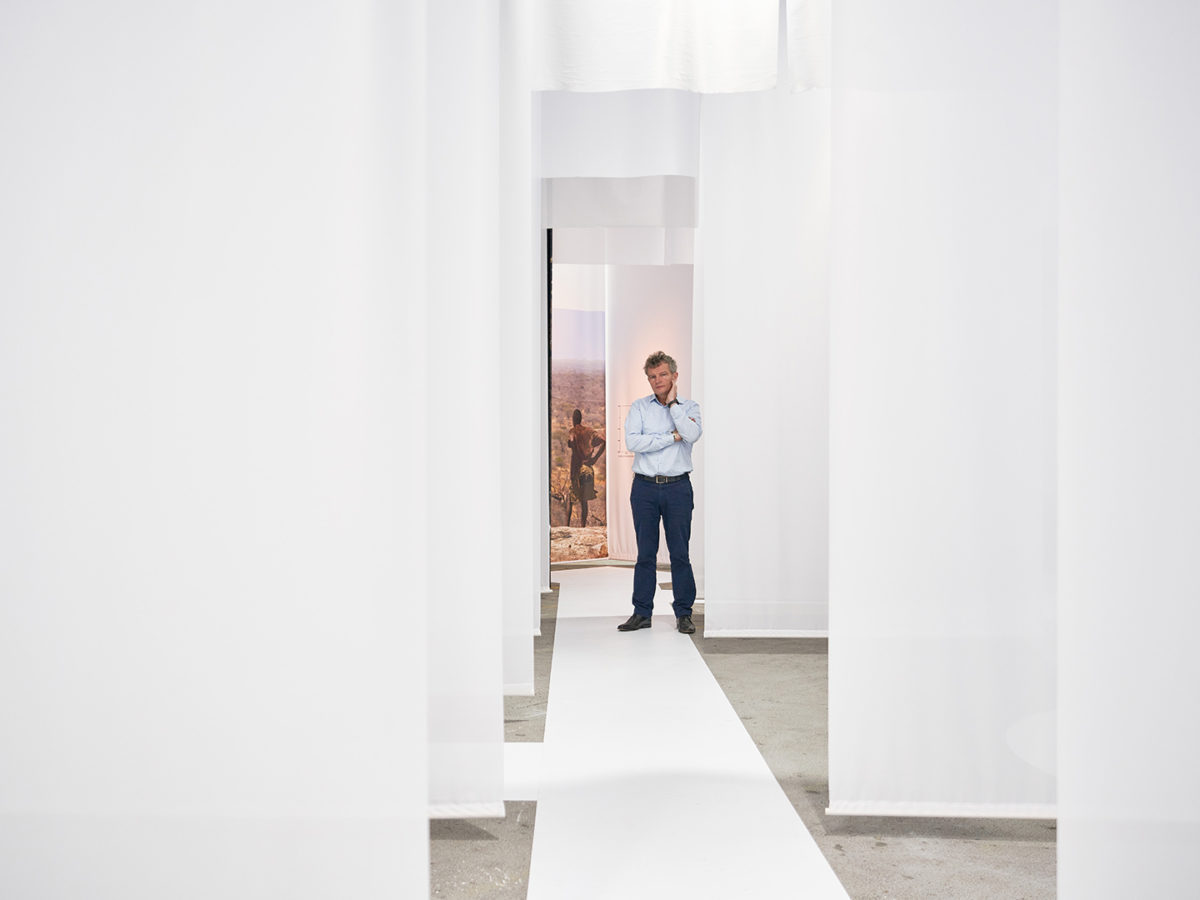
Labirynth 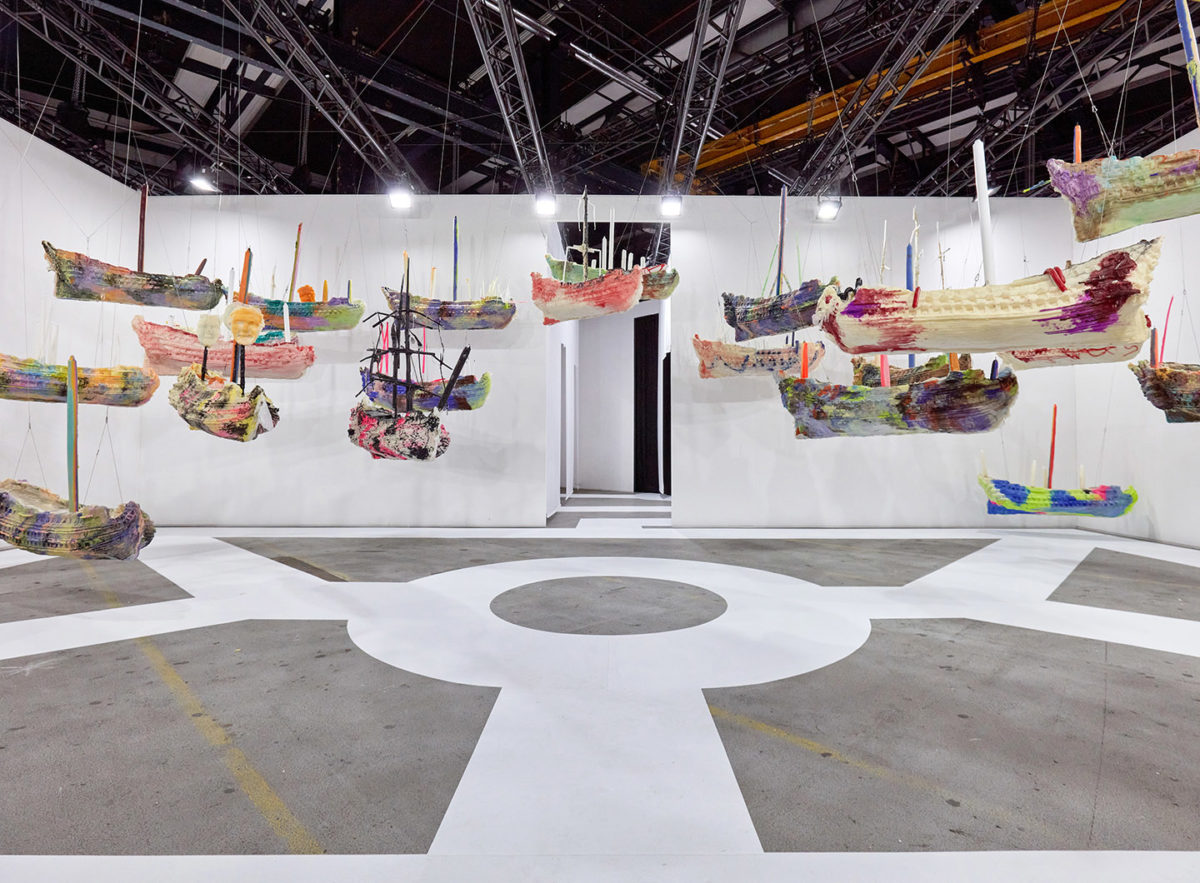
Labirynth
c
There are several satellite themes surrounding the main one, helping us get to grips with the event as a whole, one of which is Labyrinth: The Art of Changing Direction. Working from the 16th century plan of the labyrinth at Versailles, DDW Ambassador Floris Alkemade, and the Board of Government Advisors together with the World Design Embassies, fleshes out his essay, The Future of the Netherlands. The Art of Changing Direction. The space represents the ability to come up with answers to complex questions by harnessing new ways of observing, thinking and acting. A spatial and mental labyrinth for reviewing the ways in which we tackle everyday problems. The relationship between Man and Nature is another DDW 2021 theme. The exhibition In Between Nature, at Klokgebouw, is designed to reconnect us with the surrounding environment, in an attempt to show how our lives influence our concept of nature. How do religion, politics, ethics alter our understanding? How can we go back to being a single entity given everything that surrounds us? These questions also inform Bio Stories, the programme of discussions organised by Natsai Audrey Chieza, which aims to introduce Synthetic Biology to non-experts, “to open the circle to everyone.” Christien Meindertsma’s installation Sharing Elements, at the Microlab Hall, is an interesting research project that shows the atomic and molecular components of the body, visualising them and quantifying them. Matter forms the basis for everything that surrounds us and we are a part of this.
The Strijp leads to the Station and Central areas. The Design Academy Graduation Show is being held at Station and is an engaging exhibition in which the theses and Masters projects of more than 160 students are being showcased. Potential new futures, experimentation with materials, functional design, performance installations and much more besides. Fuutlaan Hall, one of the historic locations, contains the exhibitions Design Perron, Dutch Invertuals, and the Italian Envisions, Upcoming Talents. The Groovido studio (Gianmaria della Ratta and Giorgio Gasco) are exhibiting their Castingland mirrors here. A little further on there’s the Cabinet of Collaborations, where the Italian company Natuzzi along with the Dutch innovation studio BYBORRE are presenting their Water Textile Collection. (continue)
c
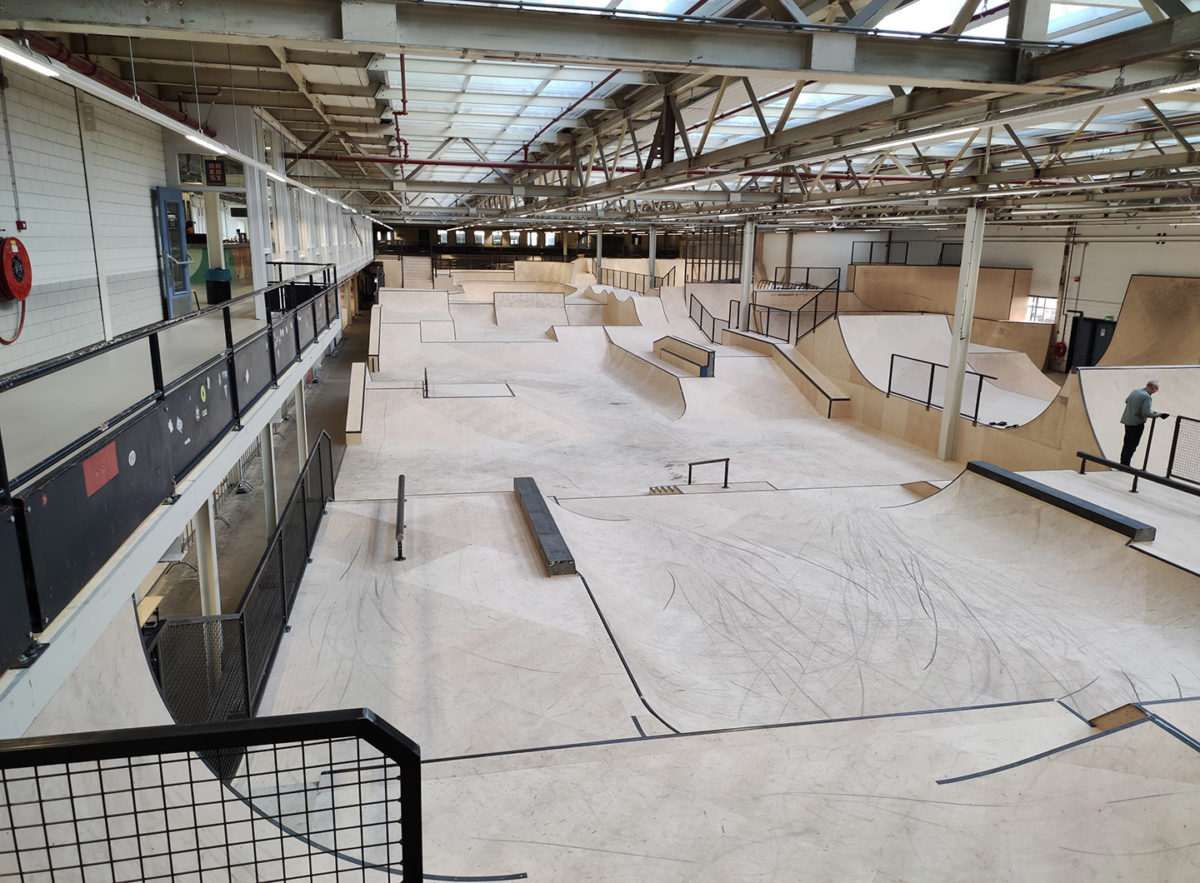
Area 51 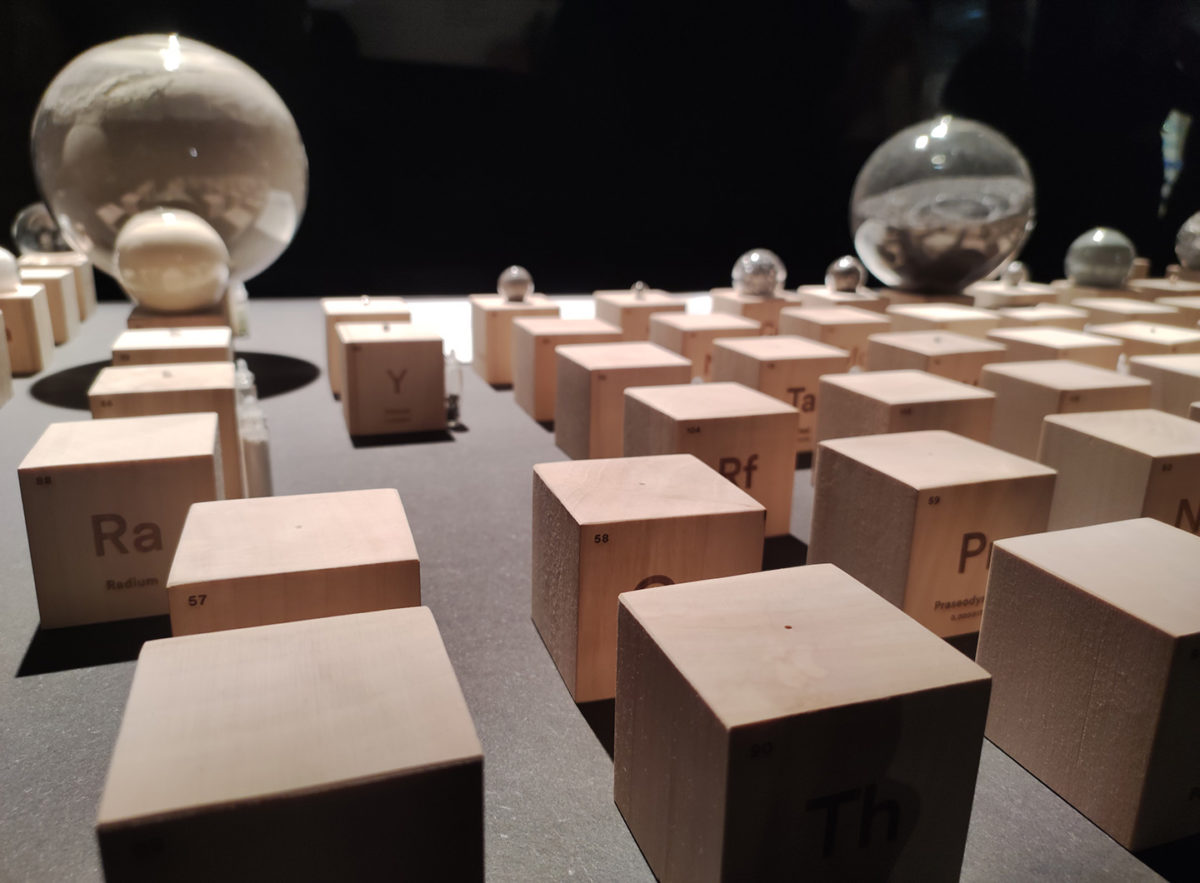
Sharing Elements 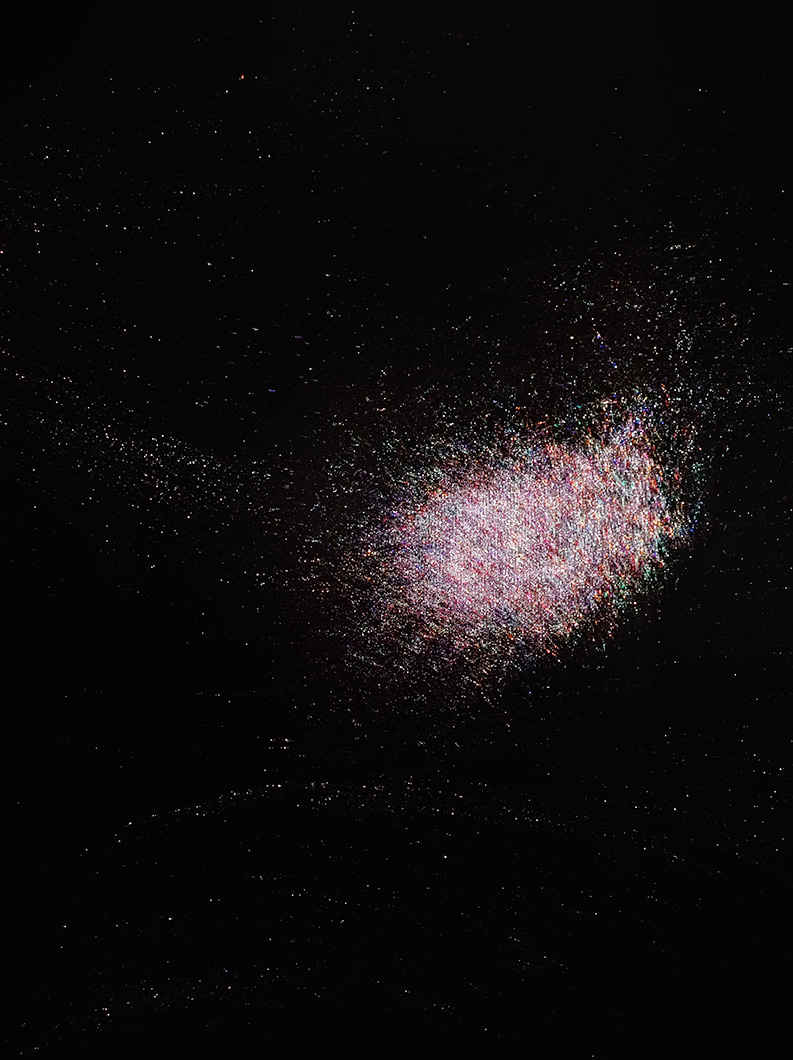
Sharing Elements 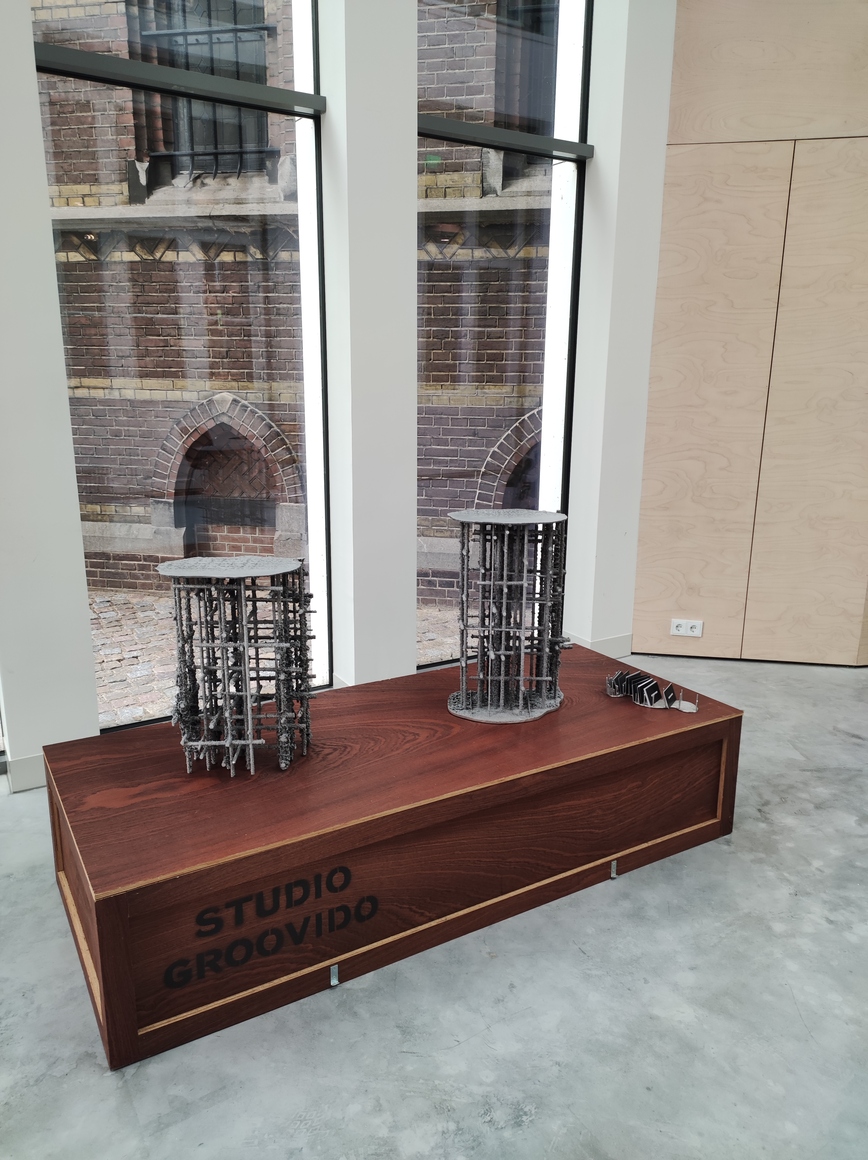
Studio Groovido @ Marienhage Hotel 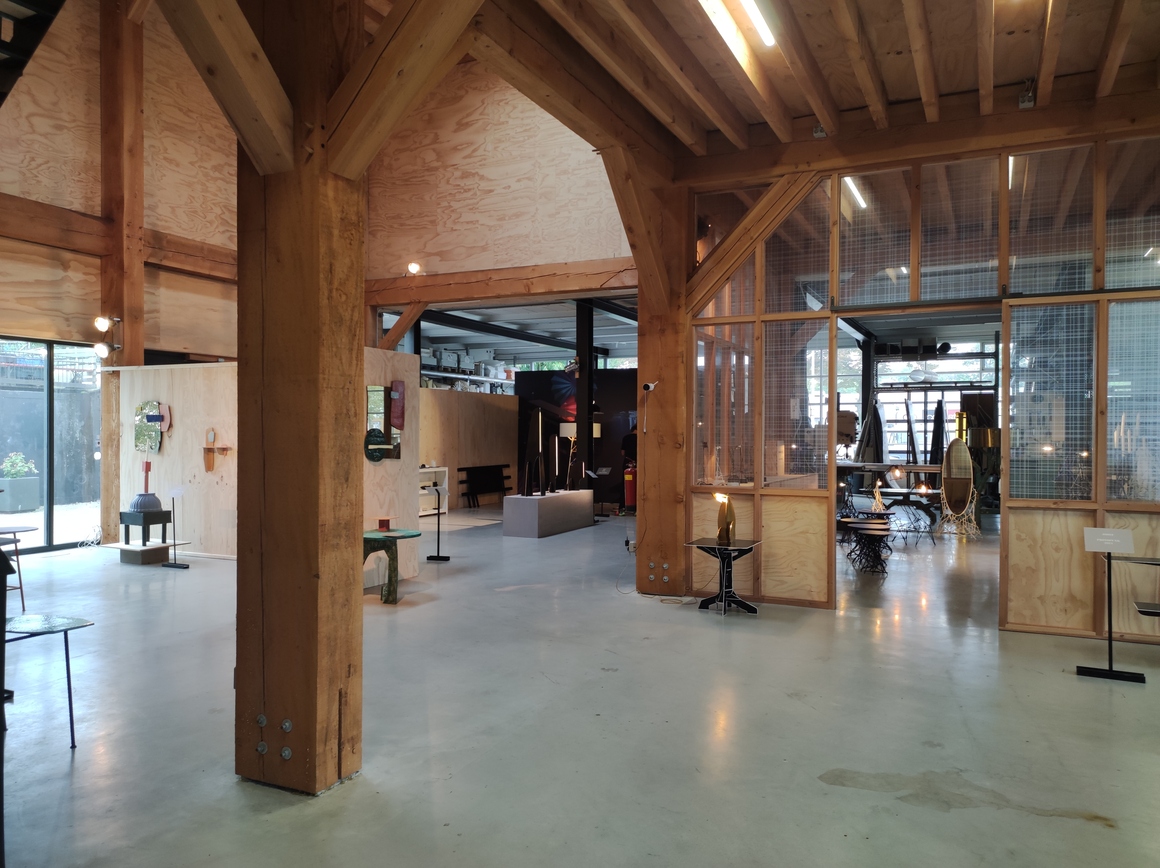
Kiki and Joos Studio 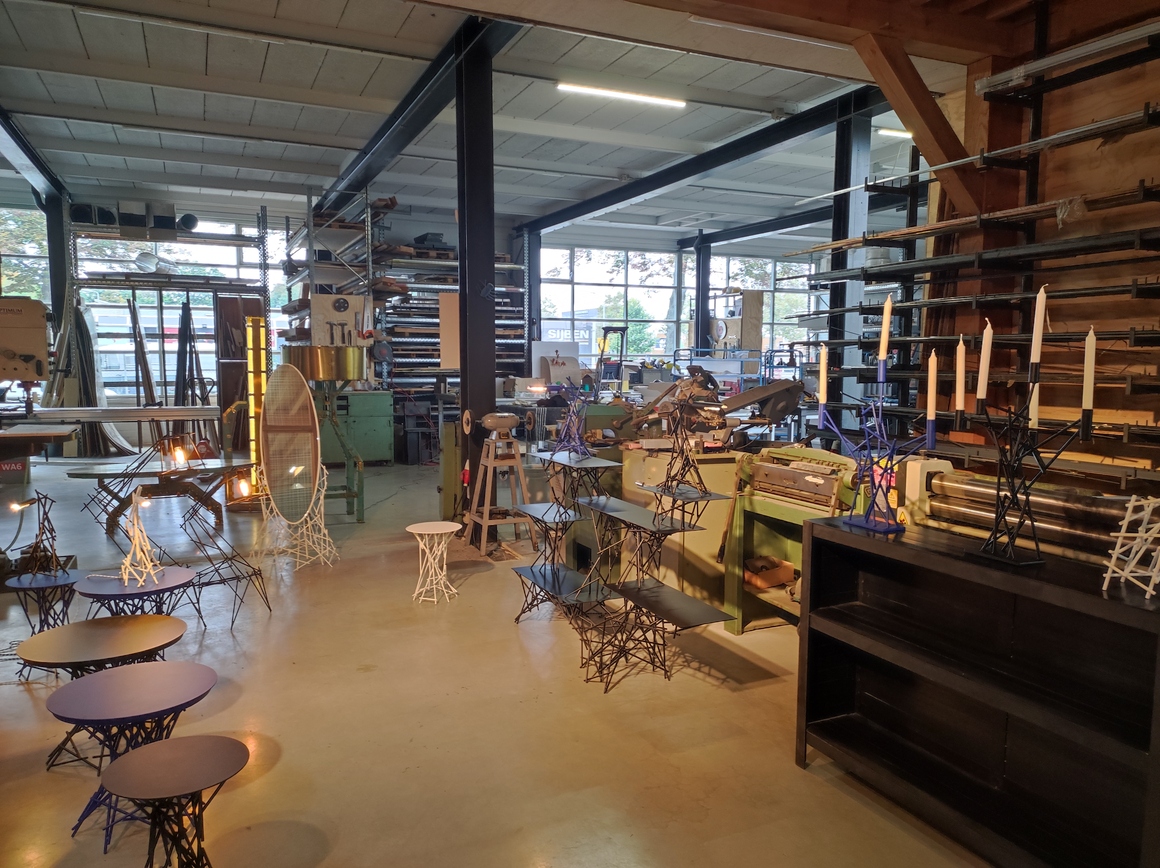
Kiki and Joos Studio 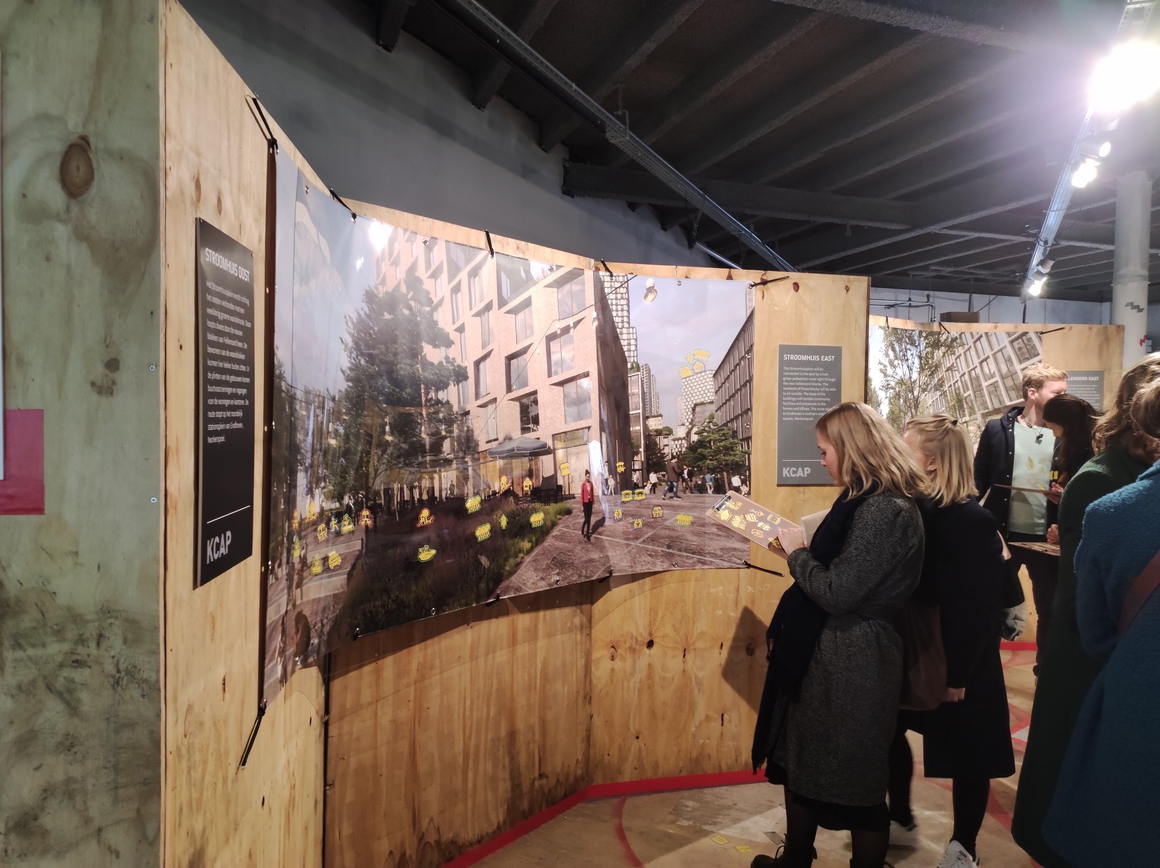
Station collaborative revaluation 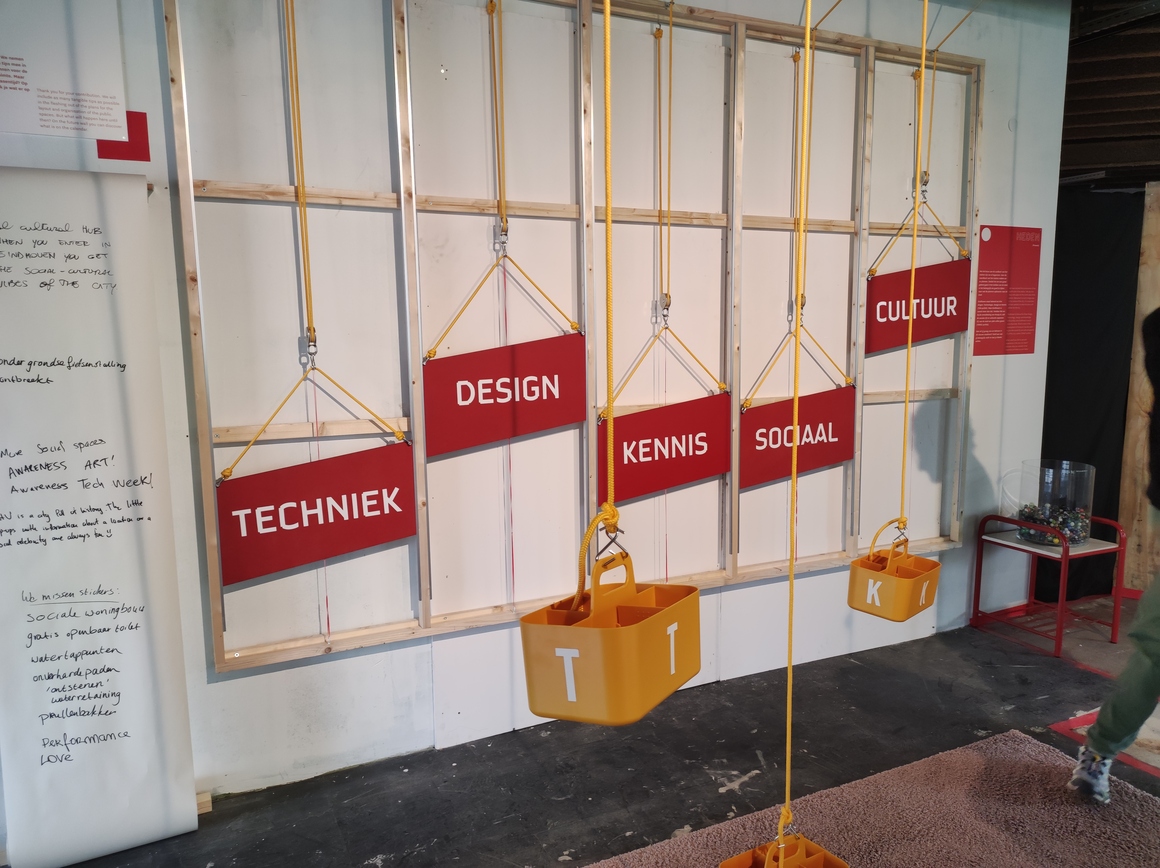
Station collaborative revaluation 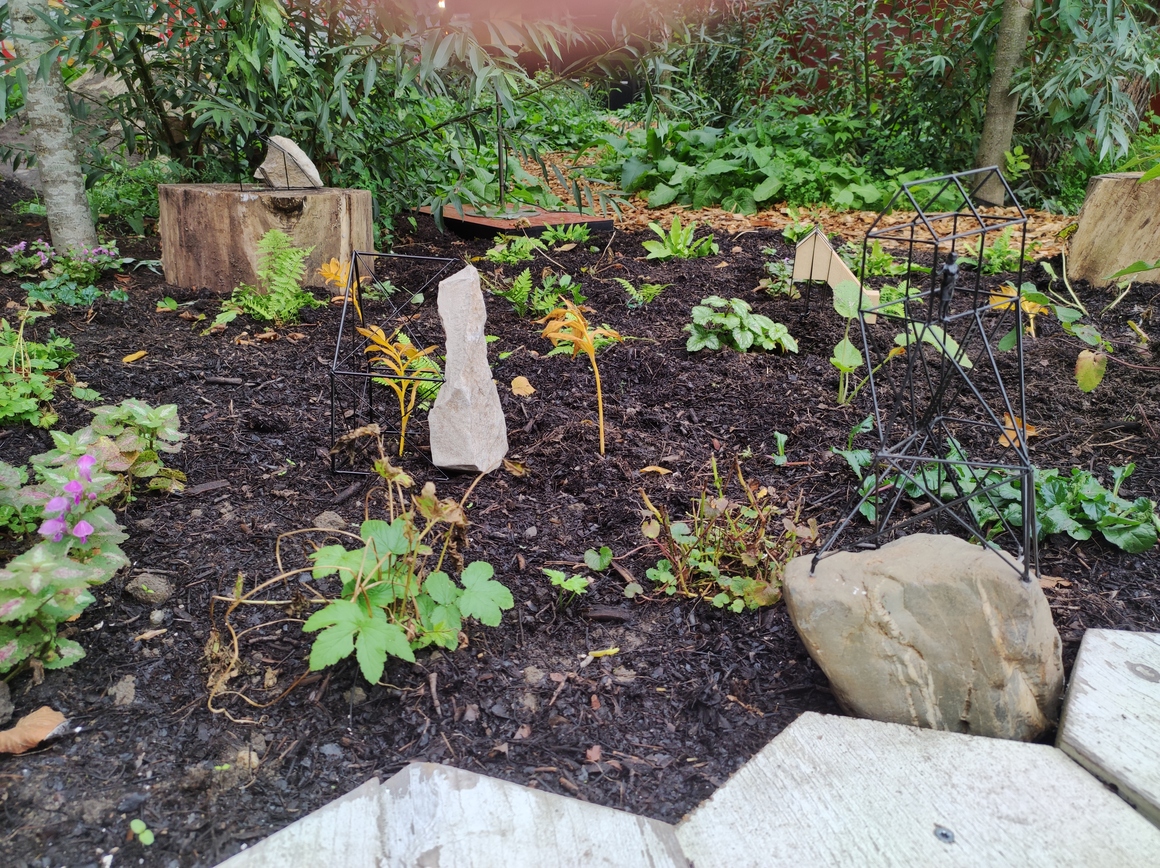
VDMA 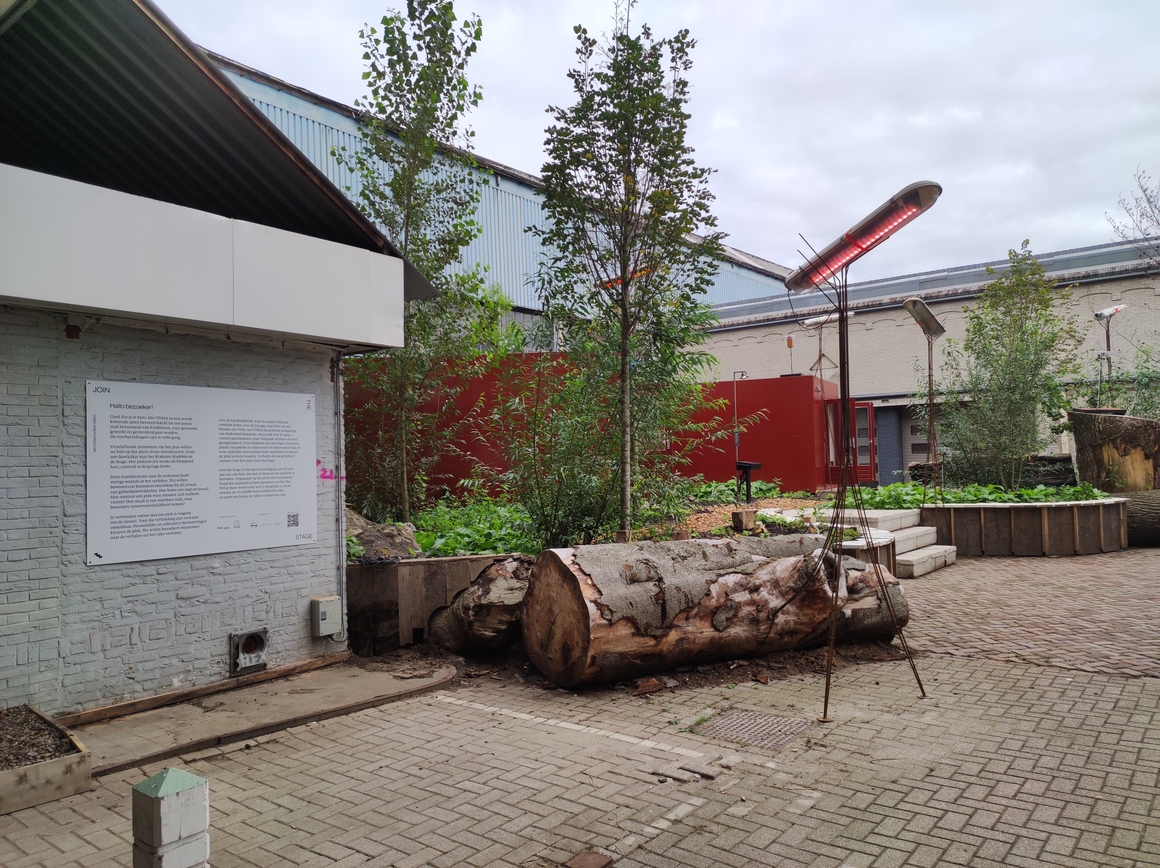
VDMA 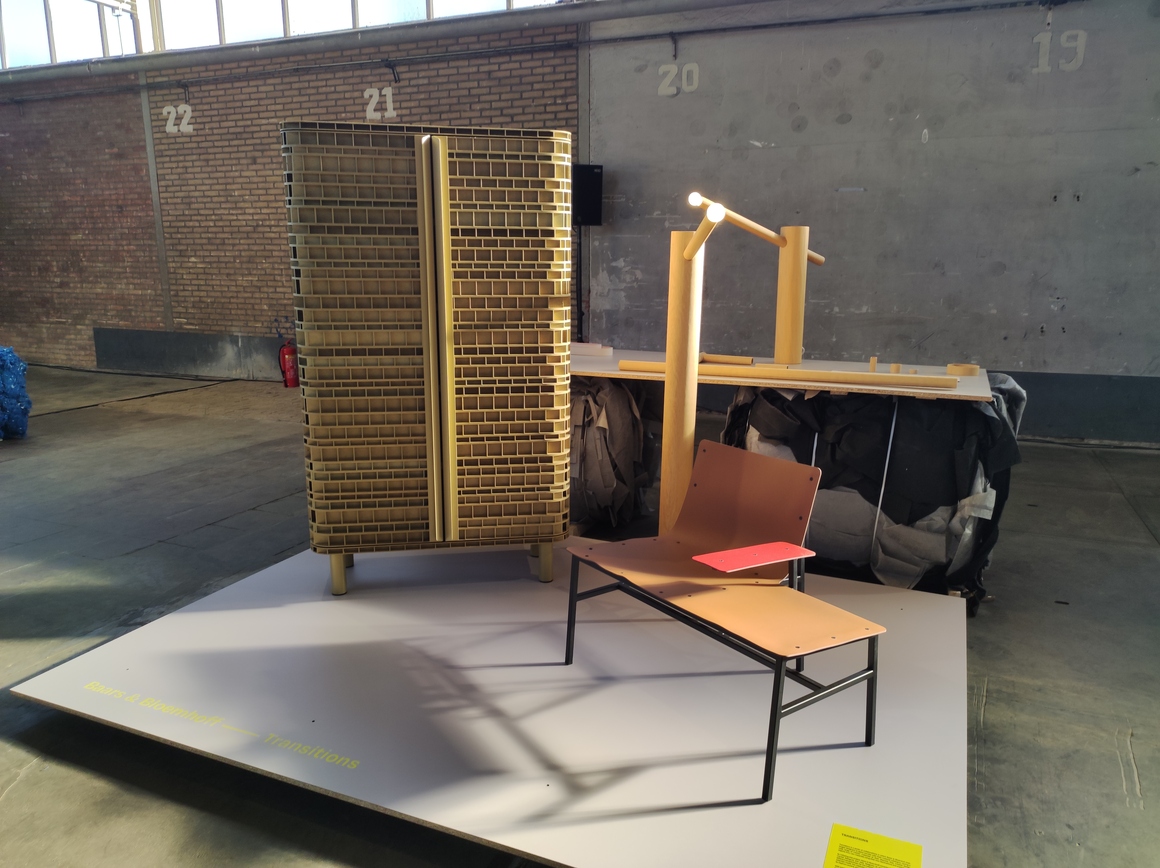
Cabinet of Collaborations 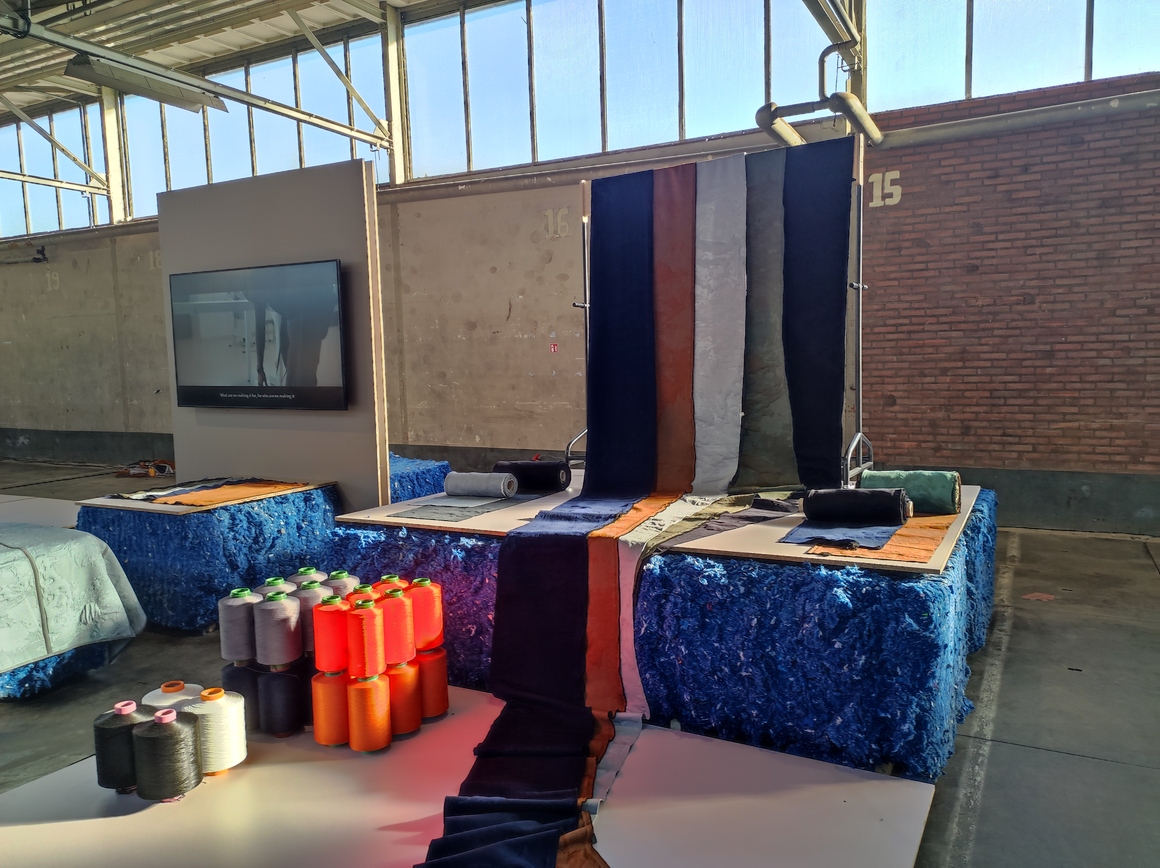
Cabinet of Collaborations 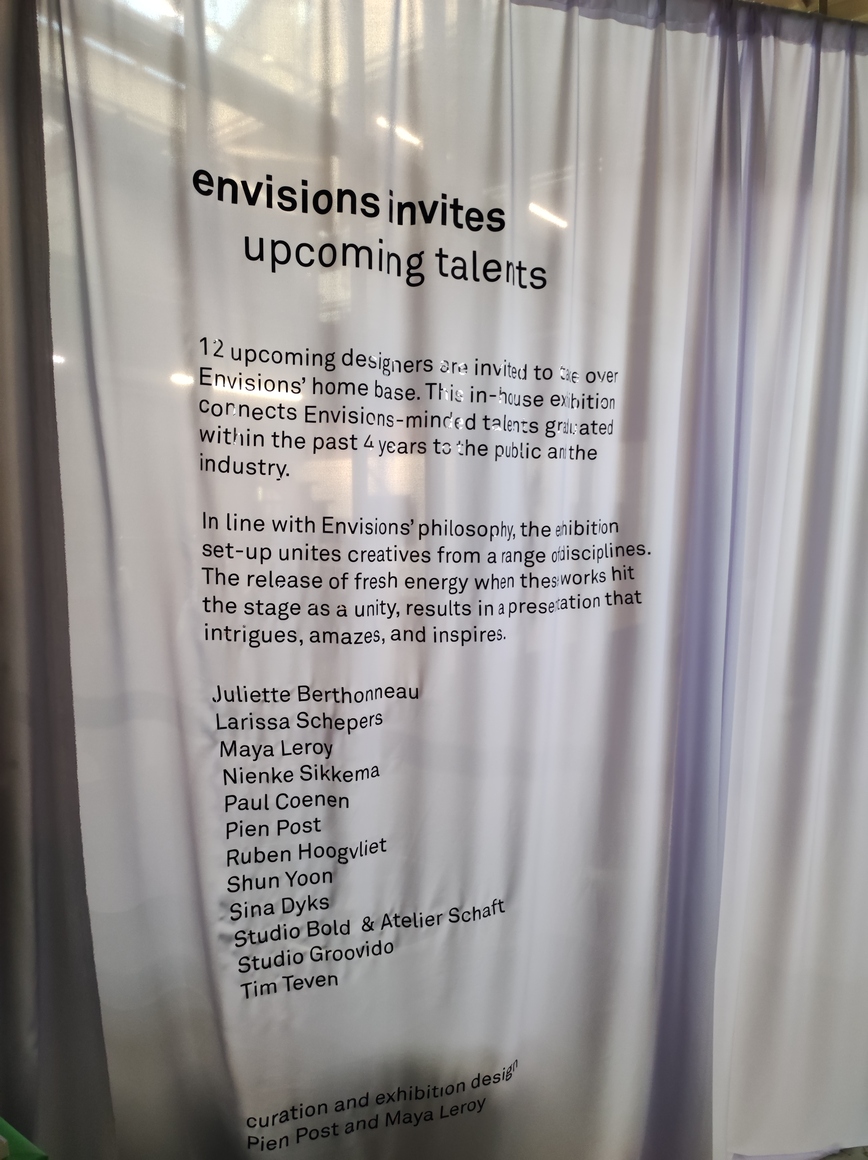
Envisions 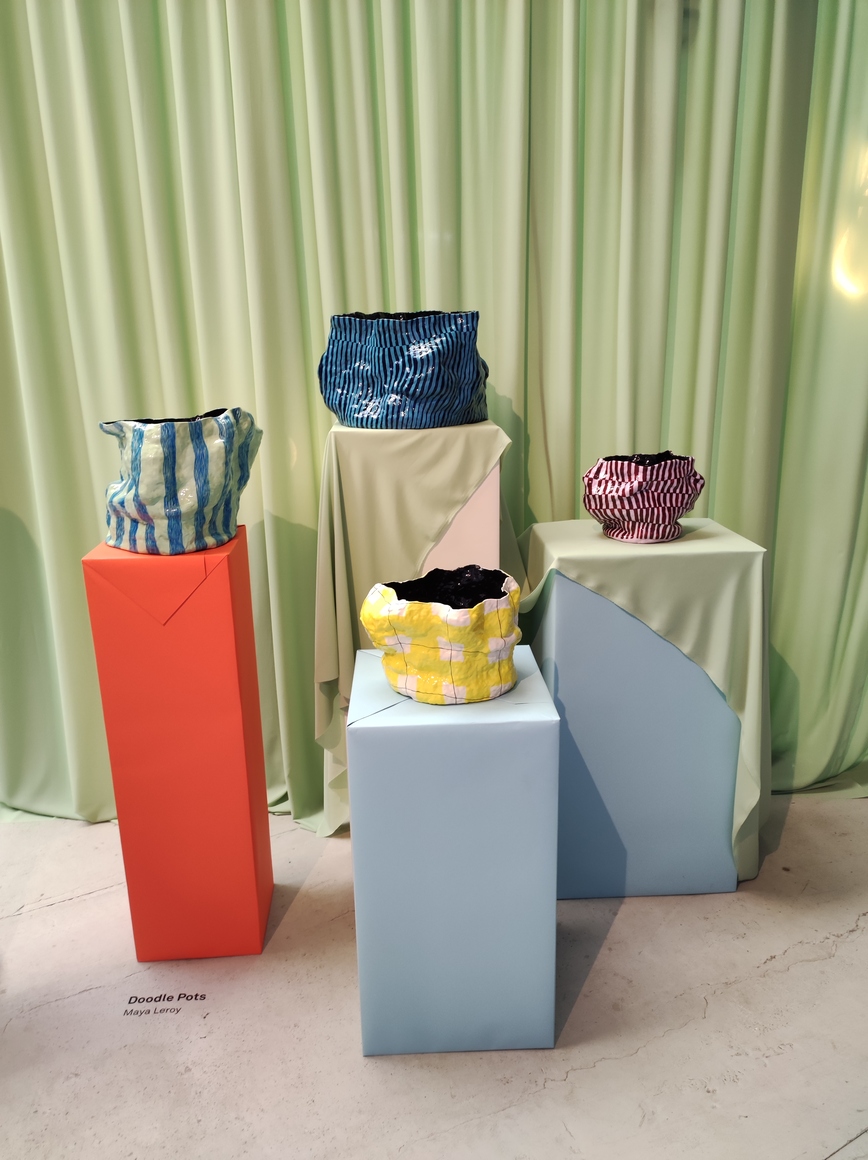
Envisions 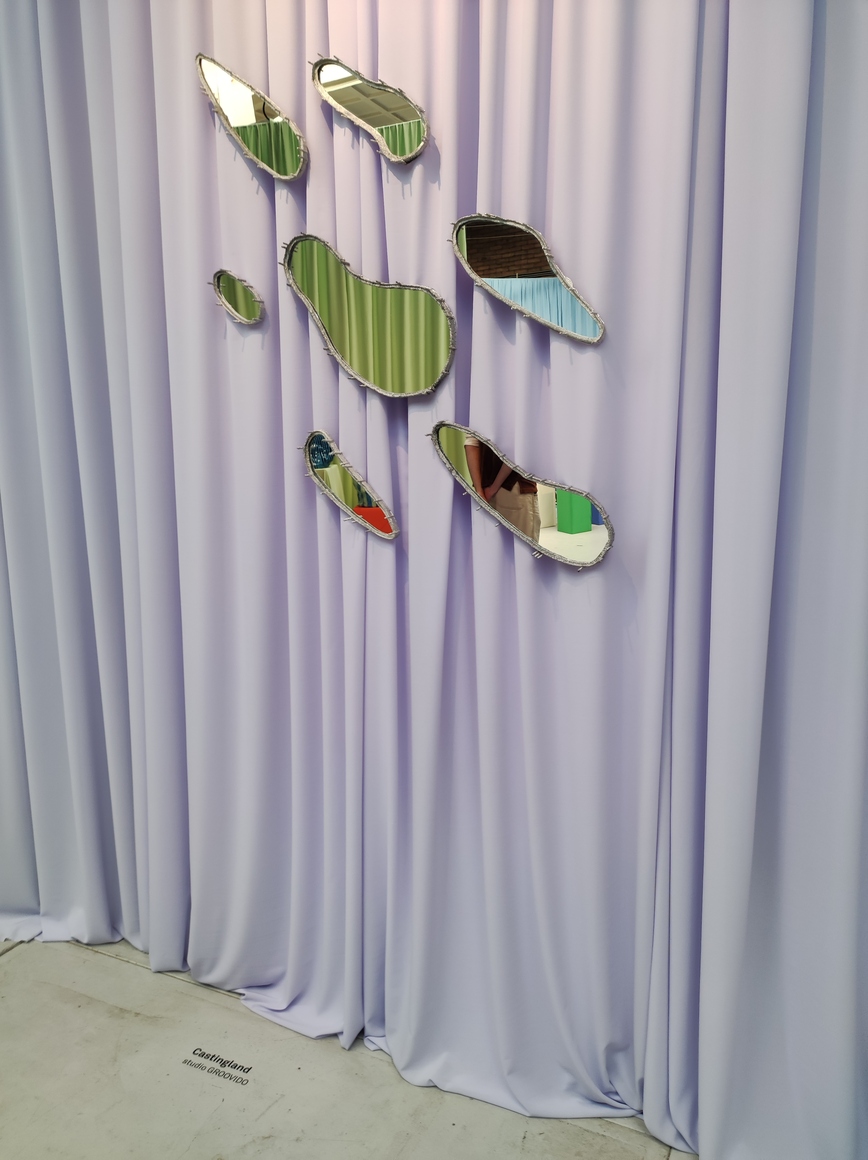
Envisions 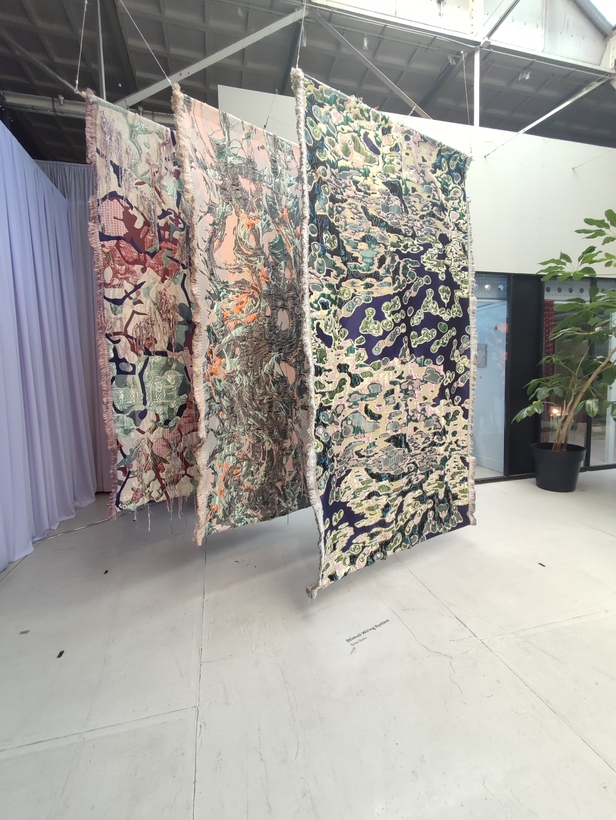
Envisions 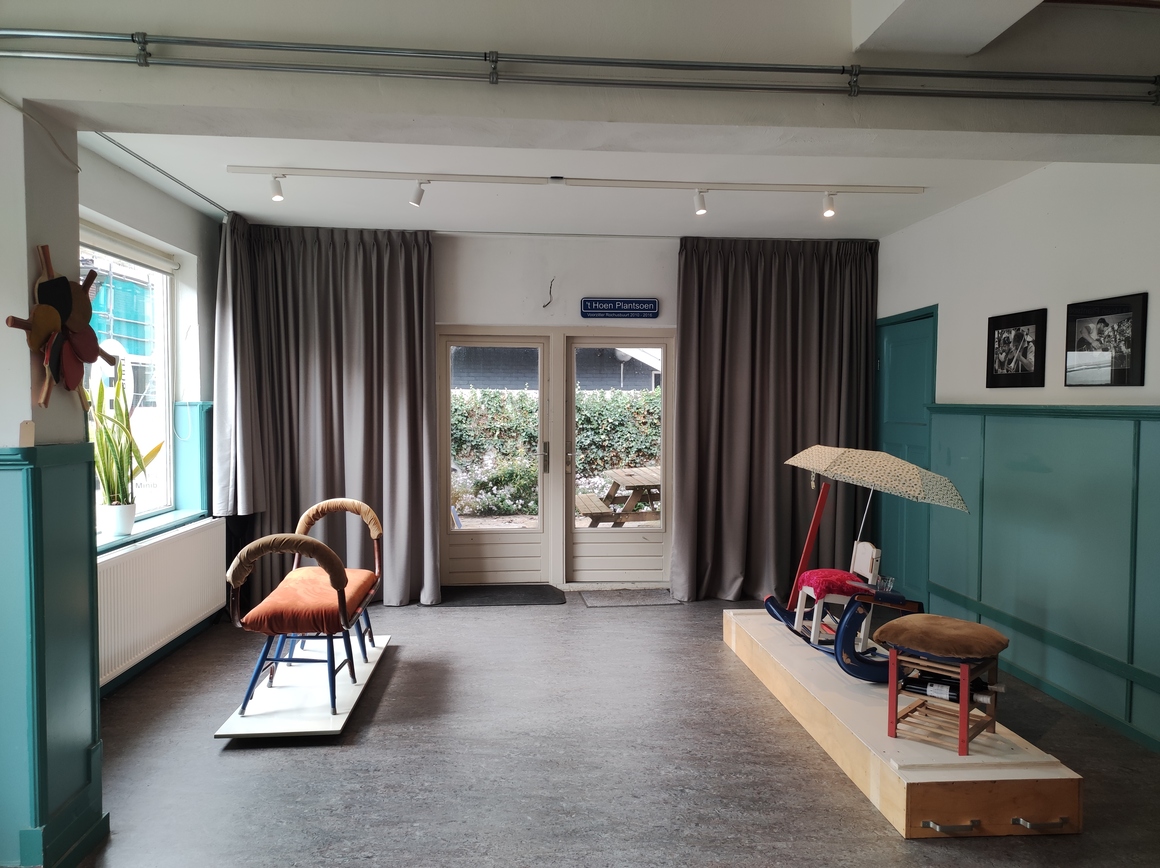
Buurthuis De Buut 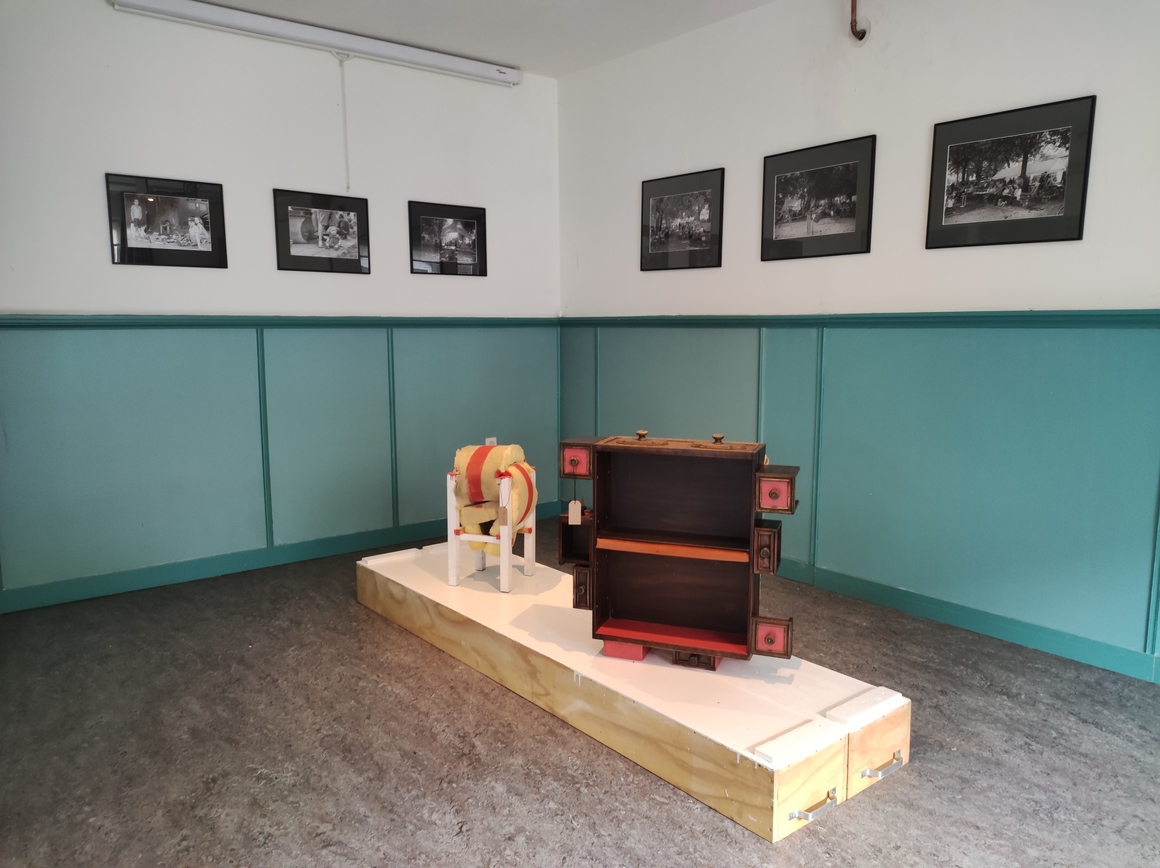
Buurthuis De Buut
c
The Van Abbemuseum of Modern Art in the centre of Eindhoven is showcasing Geo-Design: Budget Airlines, an exhibition by DAE students, which analyses and explores the various political, social and financial aspects of air travel and how low-cost airlines have created a real travel culture. In the same district, the VDMA Eindhoven centre has undergone a radical transformation for the occasion: the courtyard is now a forest, a habitat in which Nature and Man co-exist, even sharing technology. The exhibiting artists include Jelle Mastenbroek, Bart Esyink Smeets, Paul Peters and Atelier van Asseldonk. Meanwhile, at the Pennings Foundation, interesting material experimentations and innovative products are on show, with selections from Milan’s Isola district and the Weissensee School of Art and Design of Berlin.
Another location worthy of note is Sectie C, a former industrial area in the northeast of the city, home to artists’ studios, workshops for artisans and creatives (like Nacho Carbonell) as well as shops. The show Displaced, curated by Studio Speciaal (Bram Verbeek and Sjoerd Geerts), contains works straddling the natural and artificial worlds. Furnishings that seem to have grown from stones, chairs carved out of natural elements, in total contrast with No Soft Things. This collective exhibition contains work by Studio Guilty, Studio Onno Adriaanse, Tim Teven Studio and Paul Coenen. Products made of metal that, if it weren’t for the name of the theme itself, could easily be mistaken for other typologies, thanks to their characteristics and looks, sometimes soft, sometimes fragile. Fragility can also be a characteristic of another material, ceramic, on show at The Ceramic House, Harm en Elke’s studio/workshop. A wonderful sensory experience delivered by the semi-artisanal production of teapots, cups, clocks, vases and lamps.
c
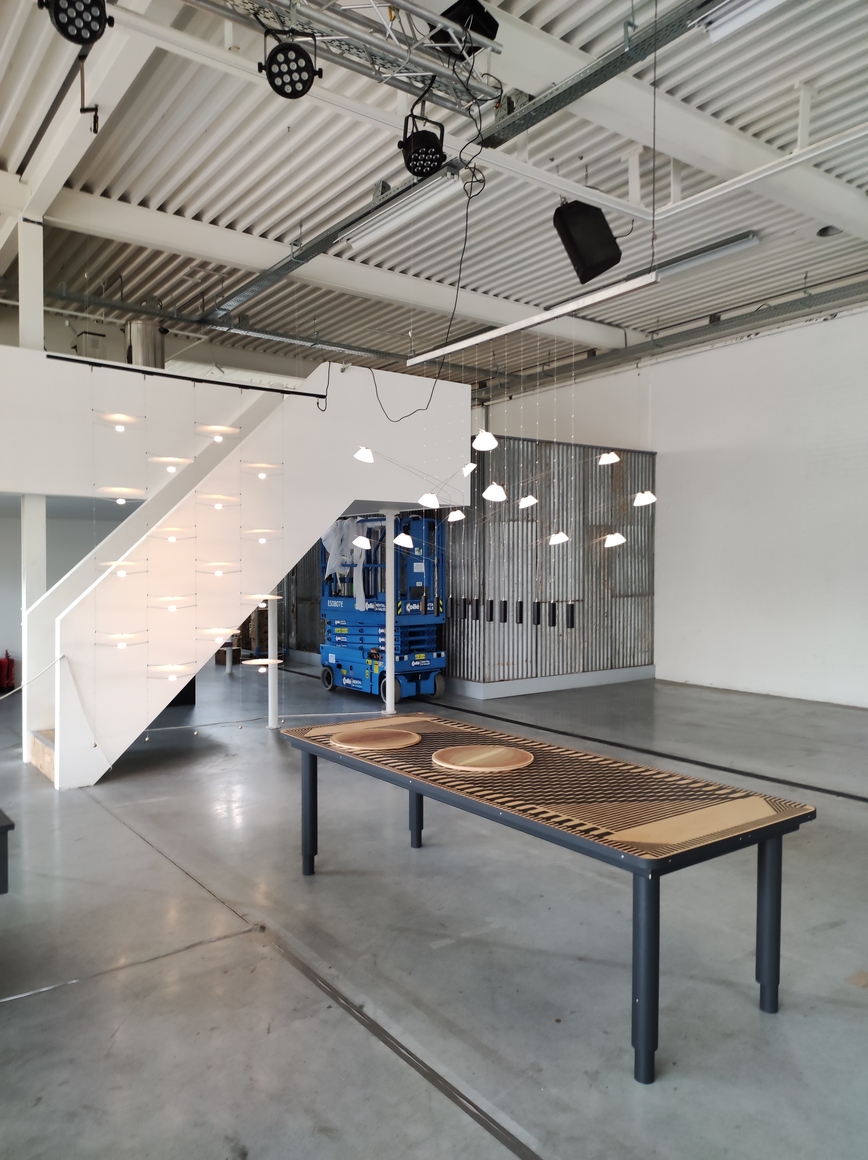
Sectie C 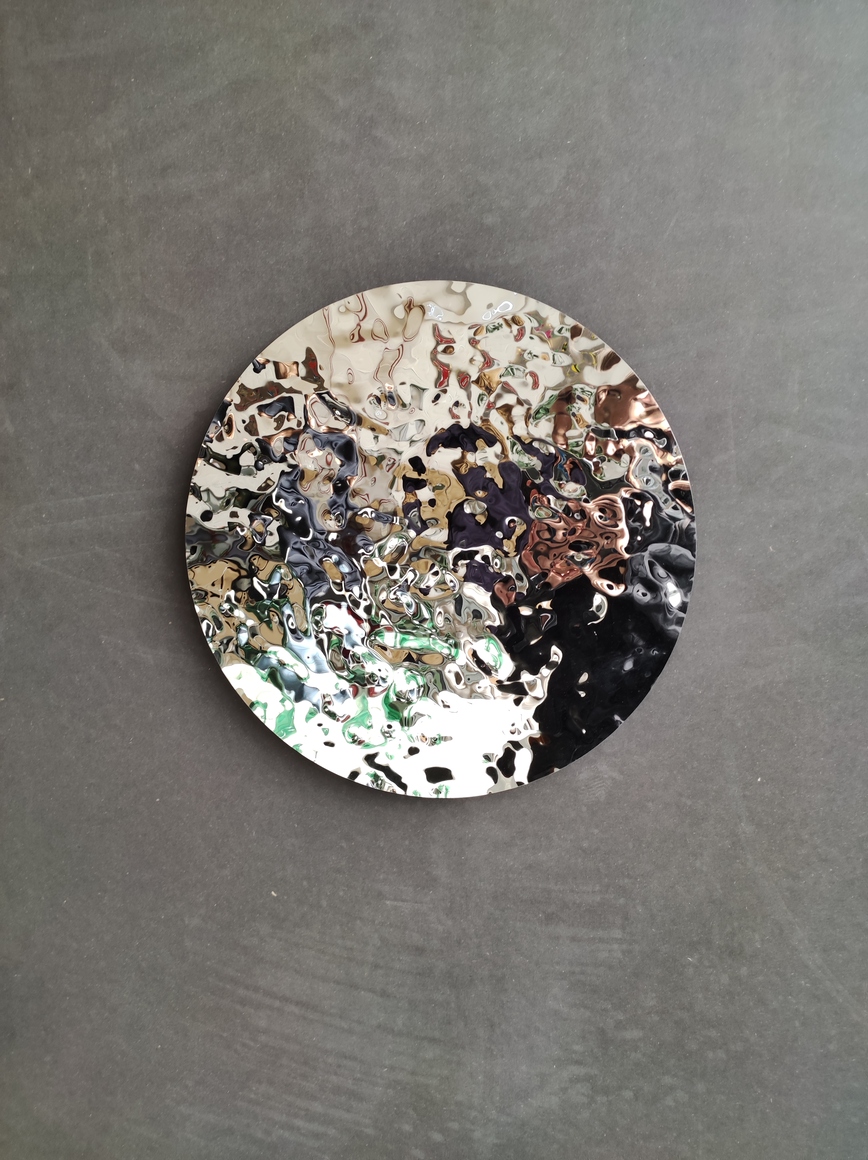
Sectie C 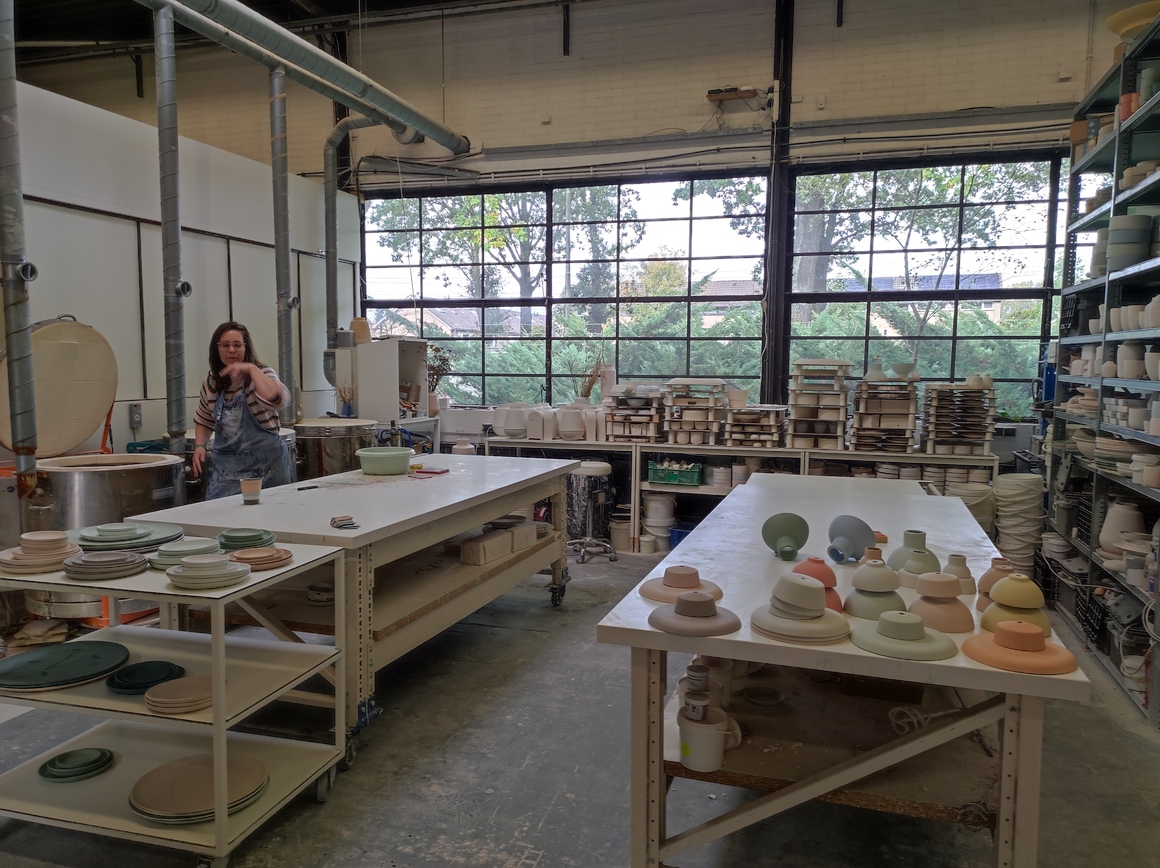
Halma en Elke, Sectie C 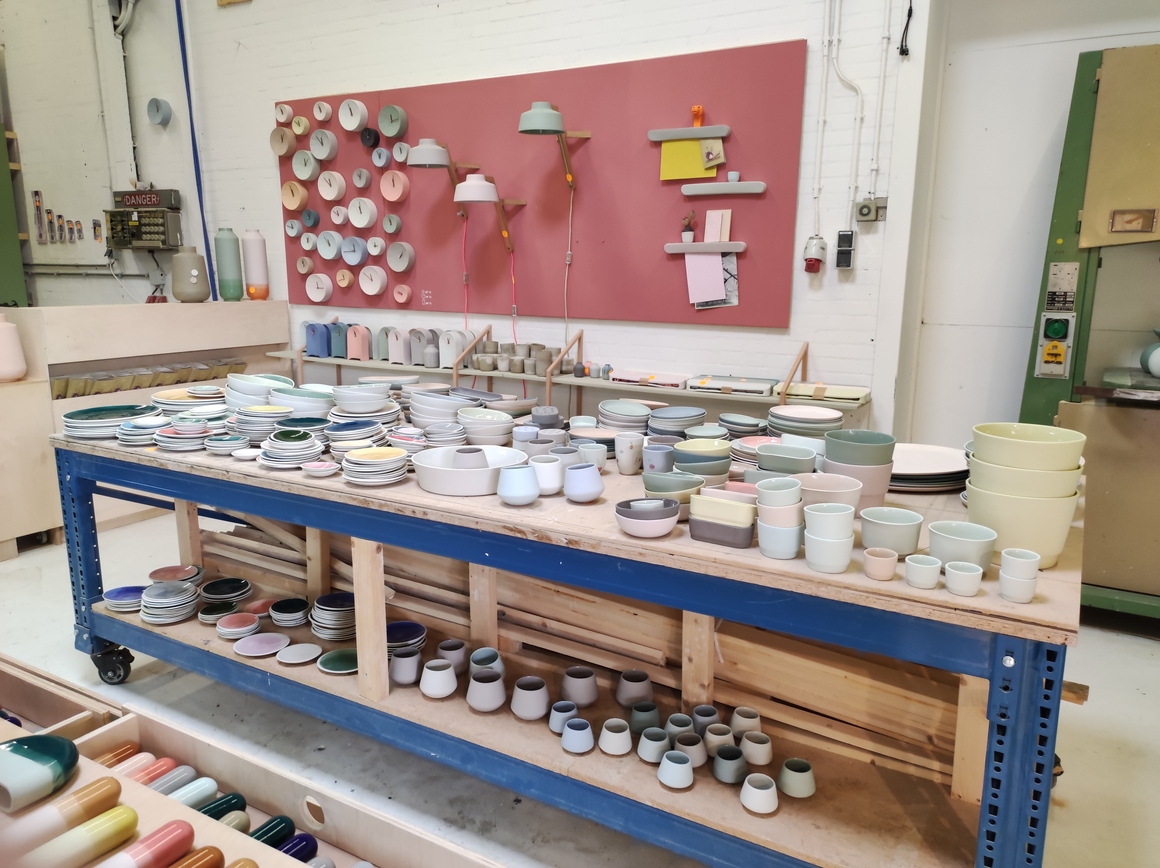
Halma en Elke, Sectie C 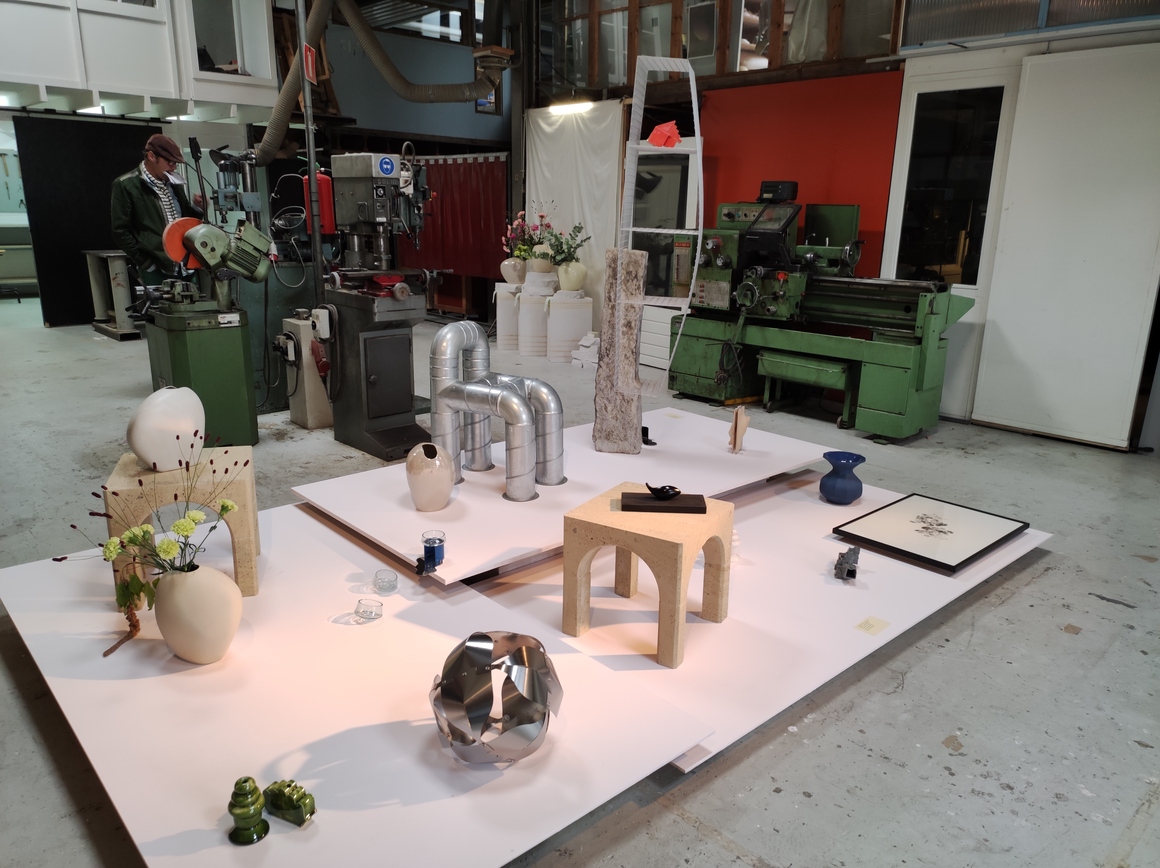
Sectie C 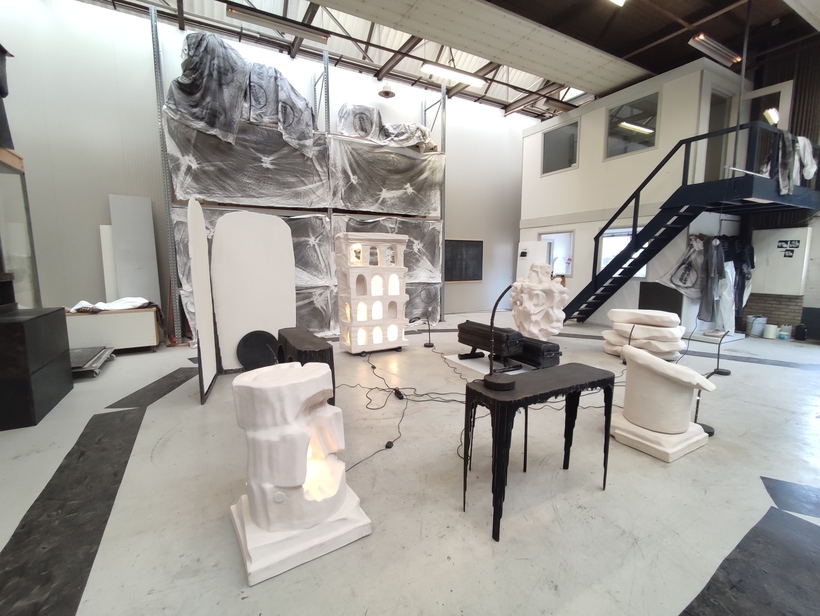
Sectie C 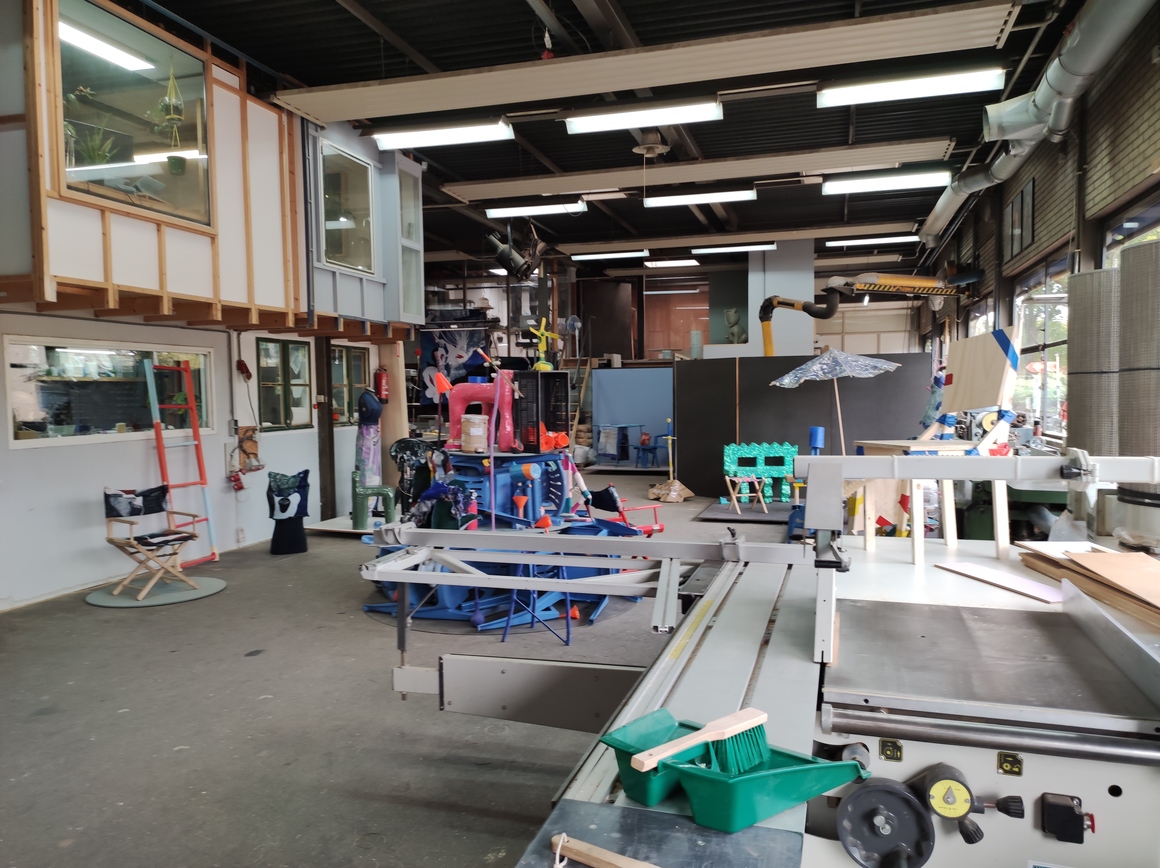
Sectie C 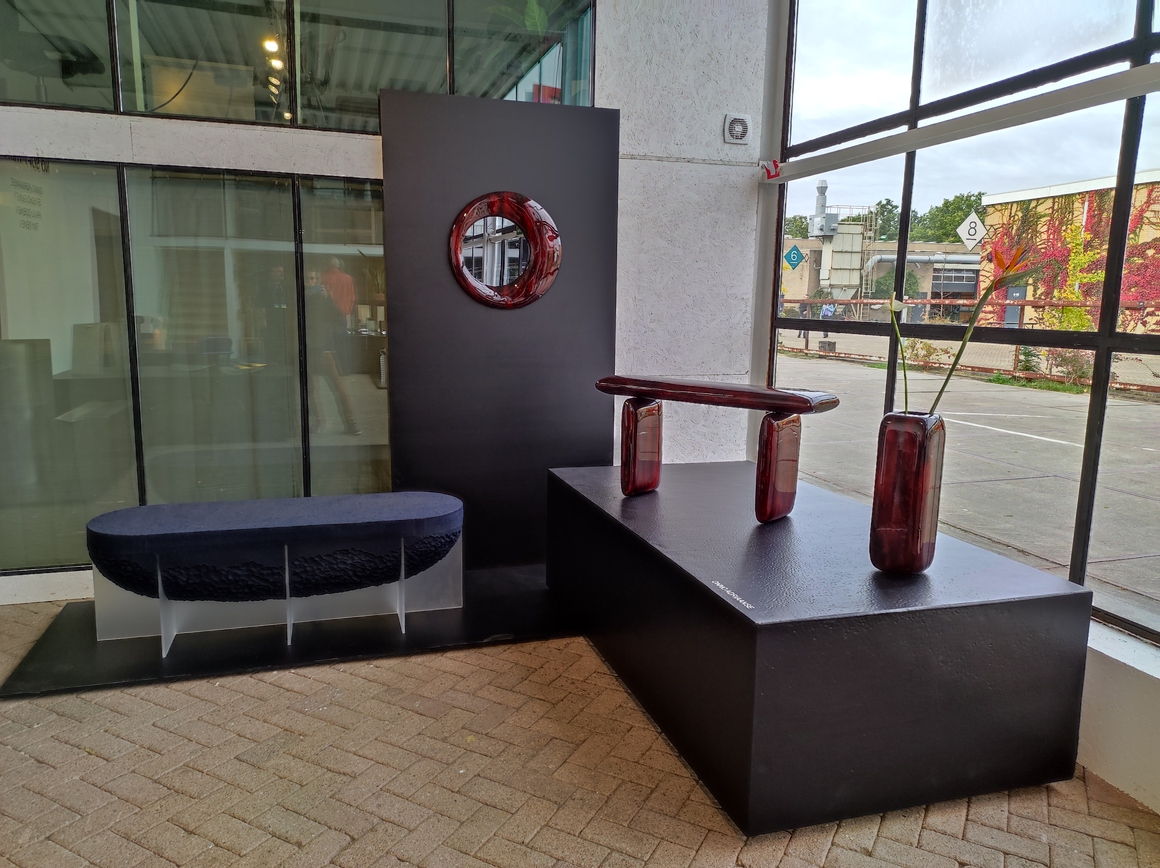
Sectie C 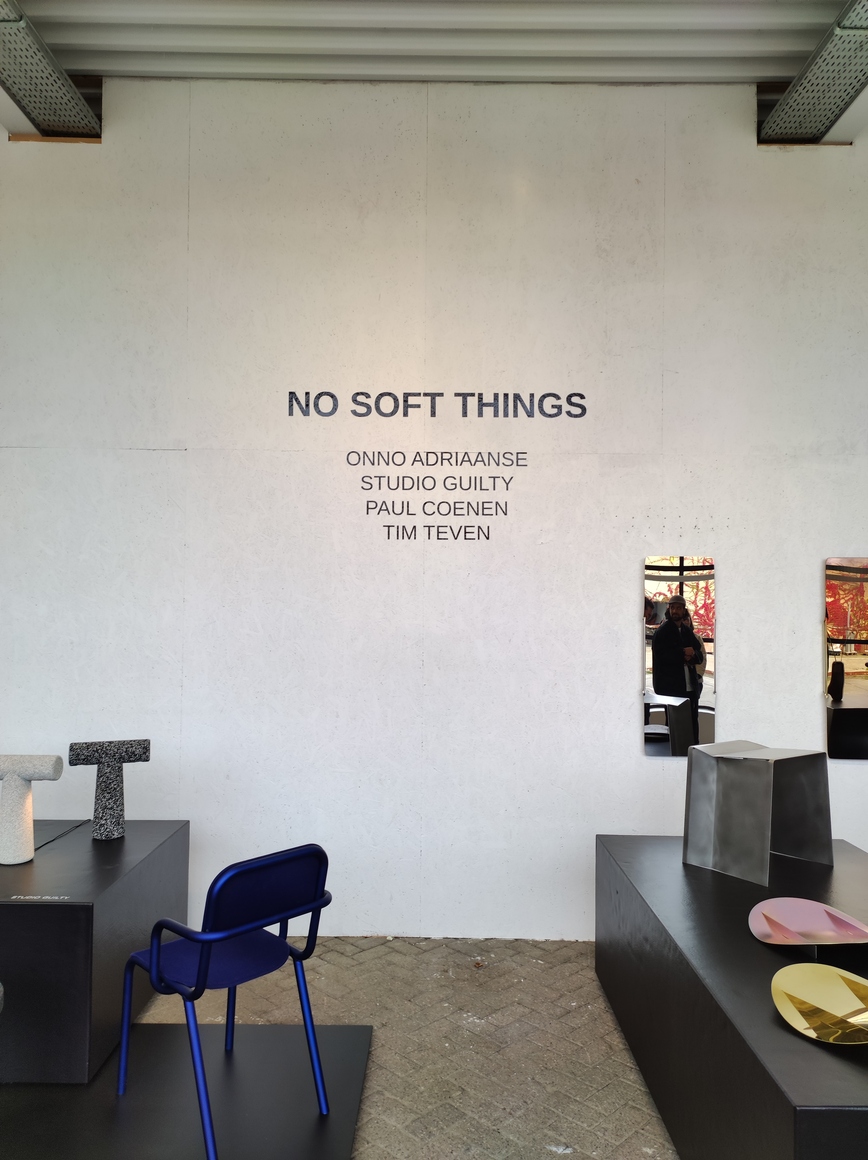
Sectie C 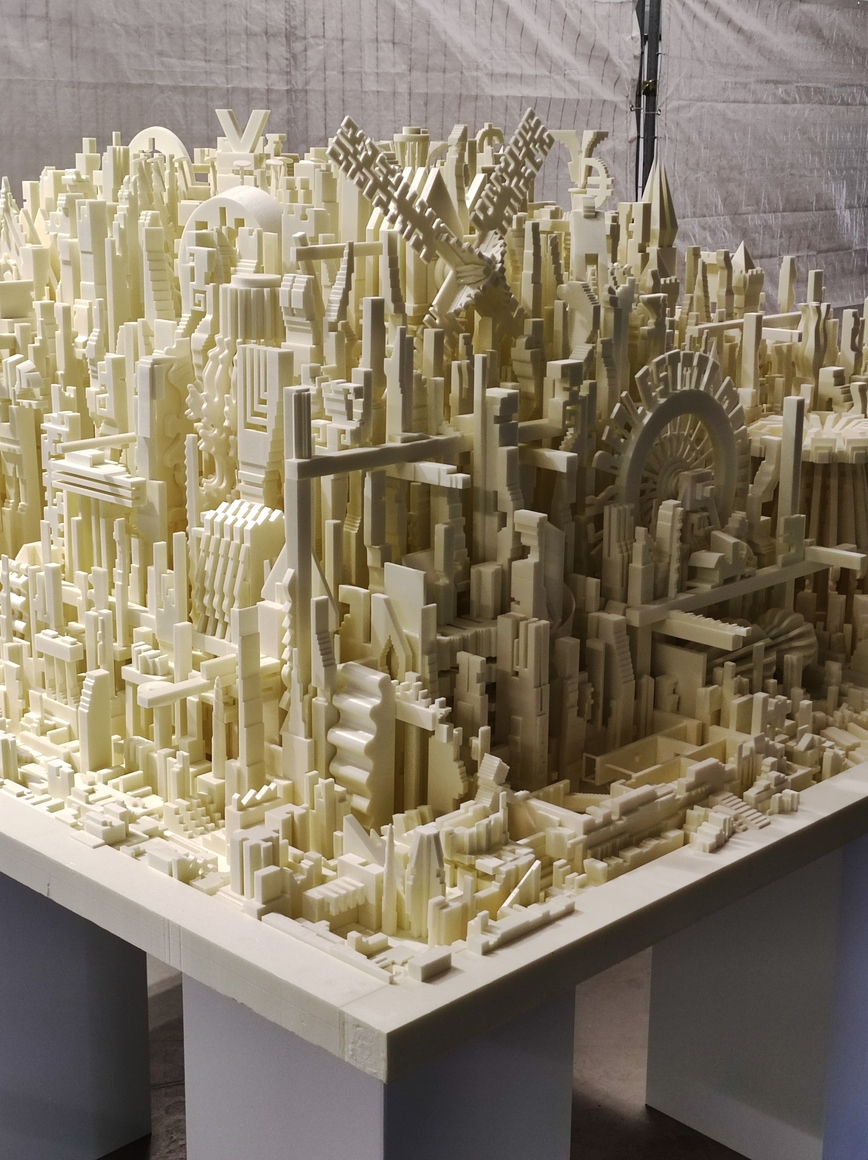
Sectie C 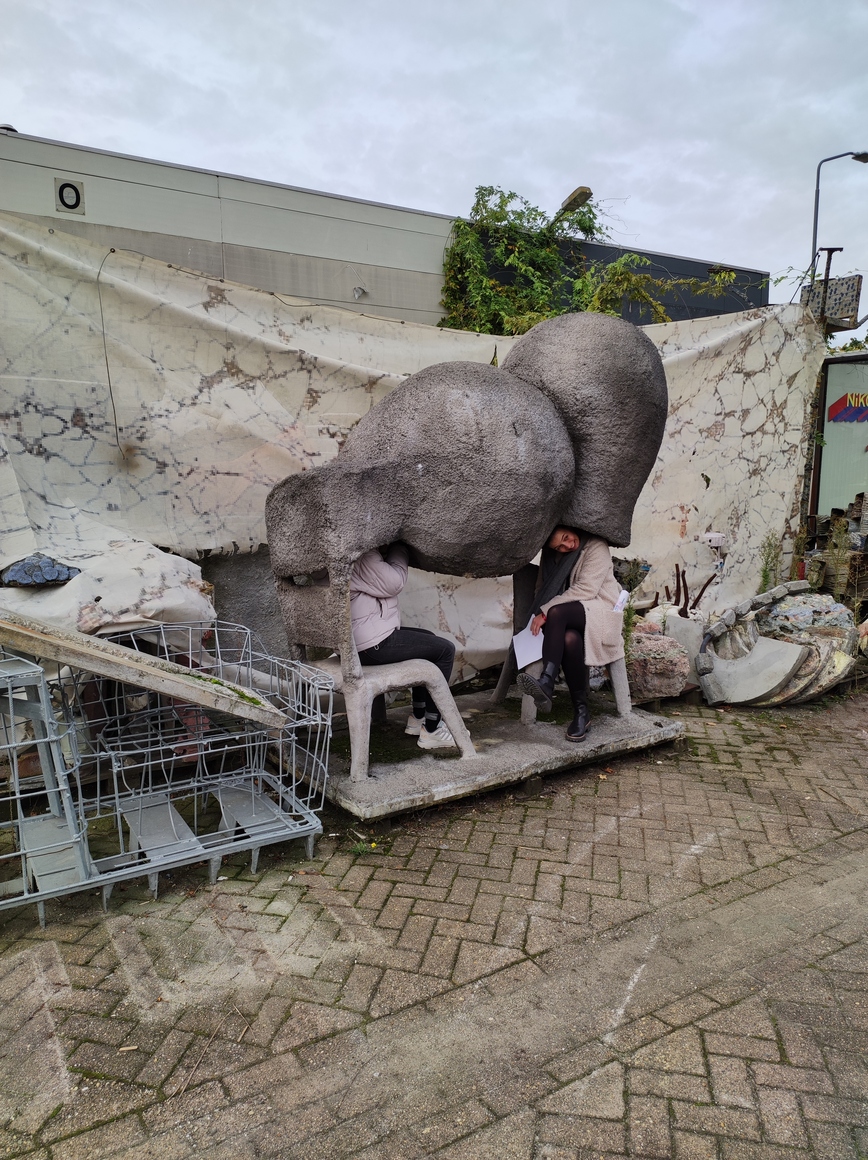
Sectie C 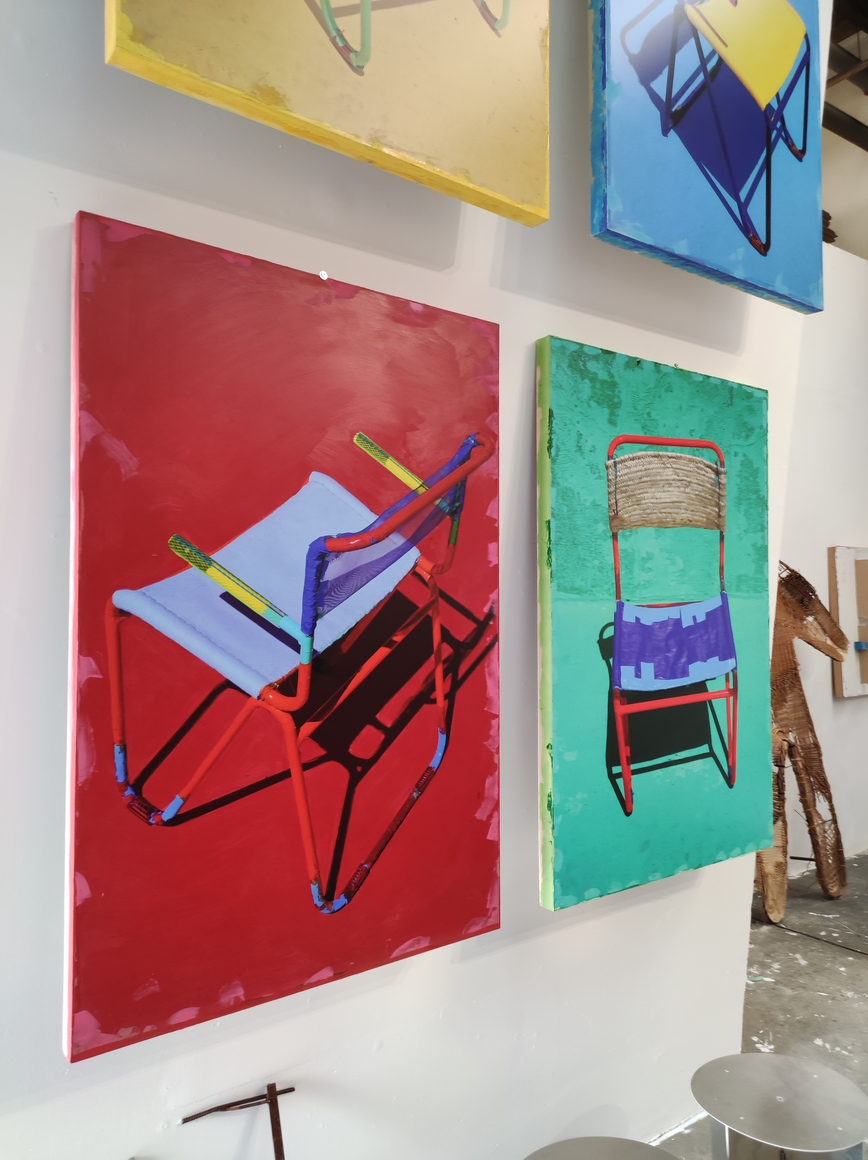
Sectie C 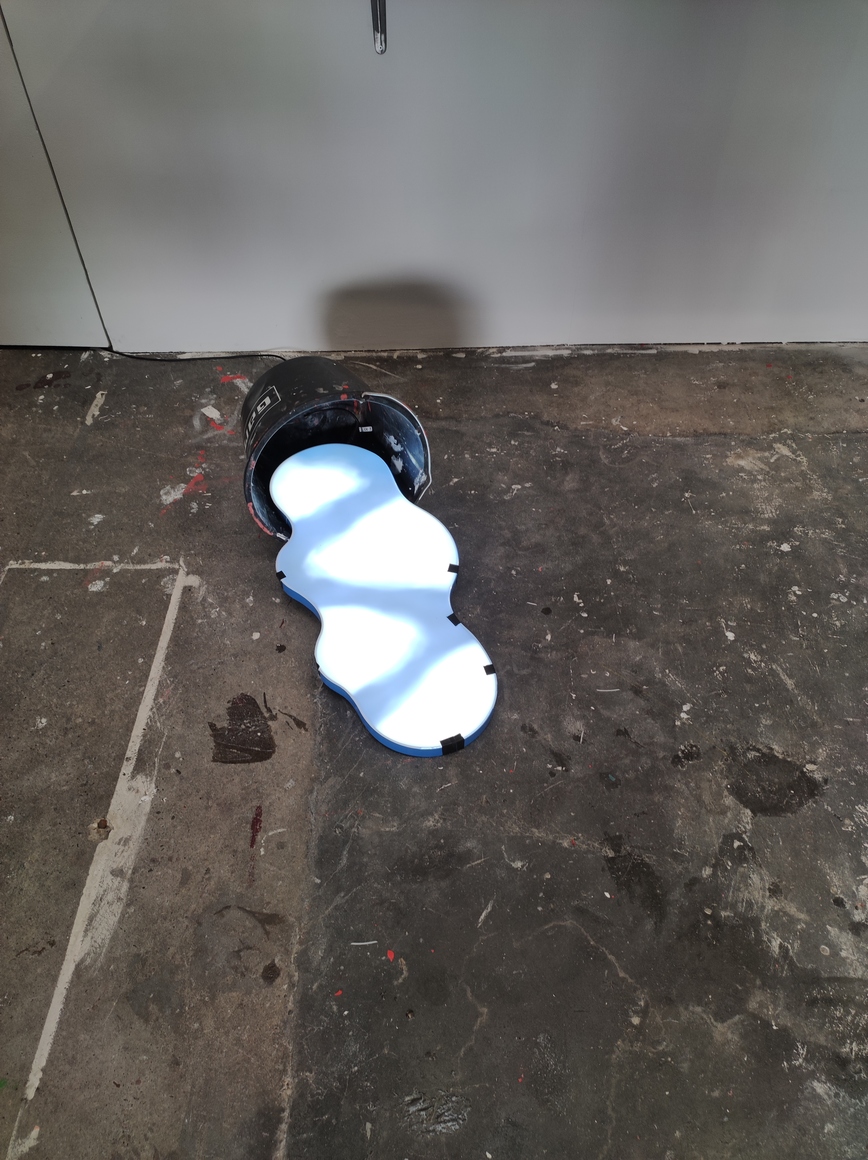
Sectie C 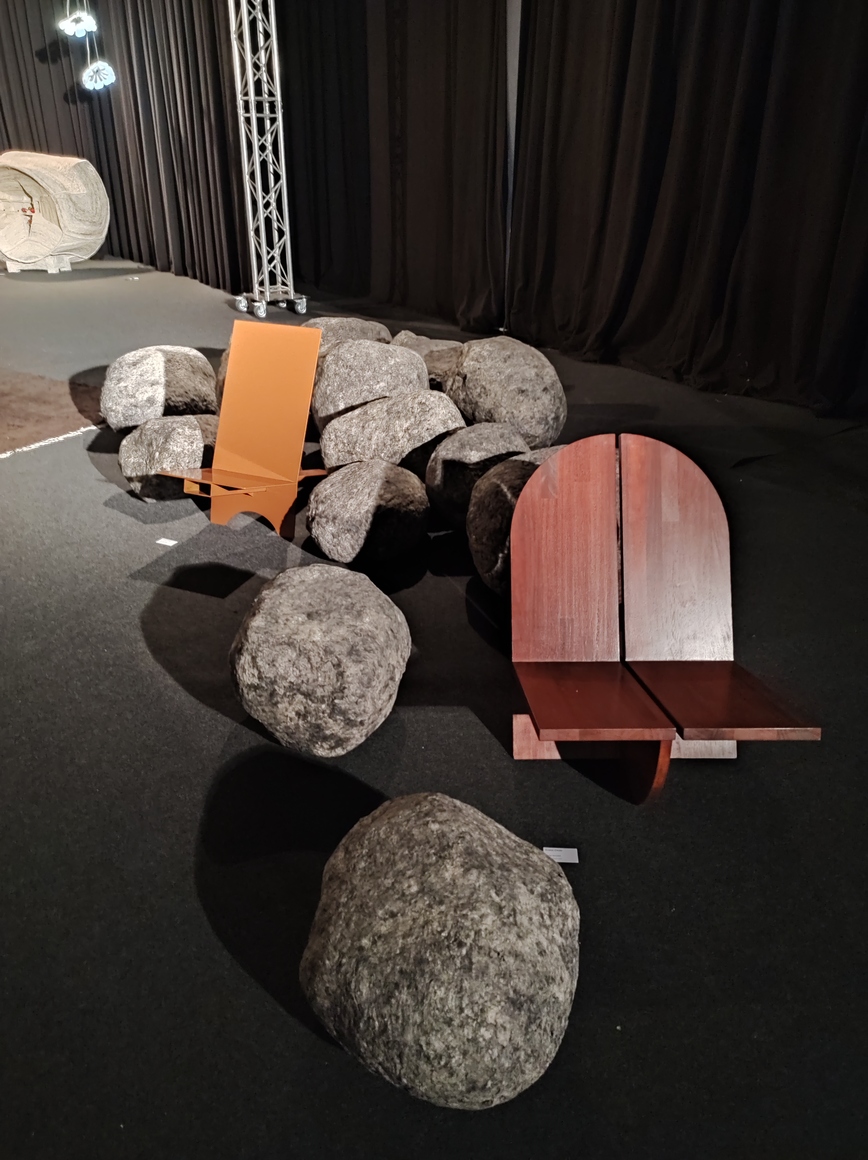
Sectie C 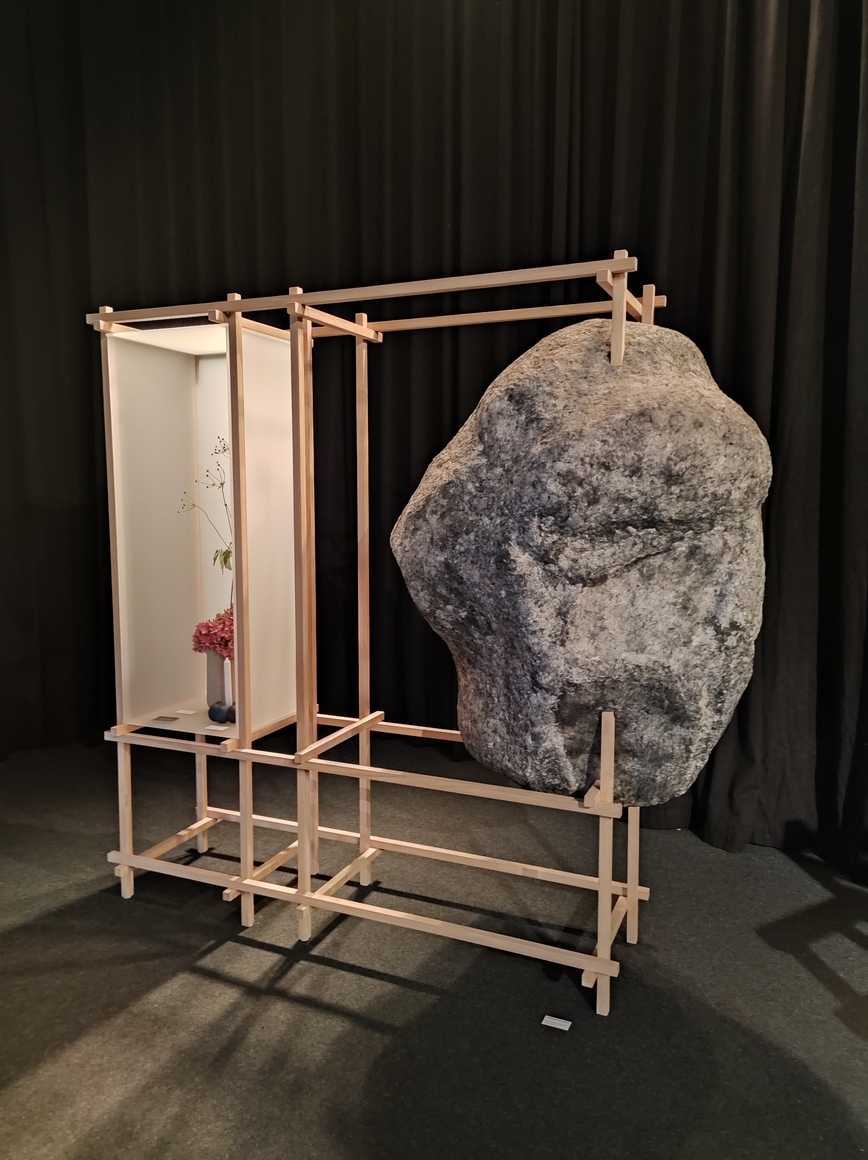
Sectie C 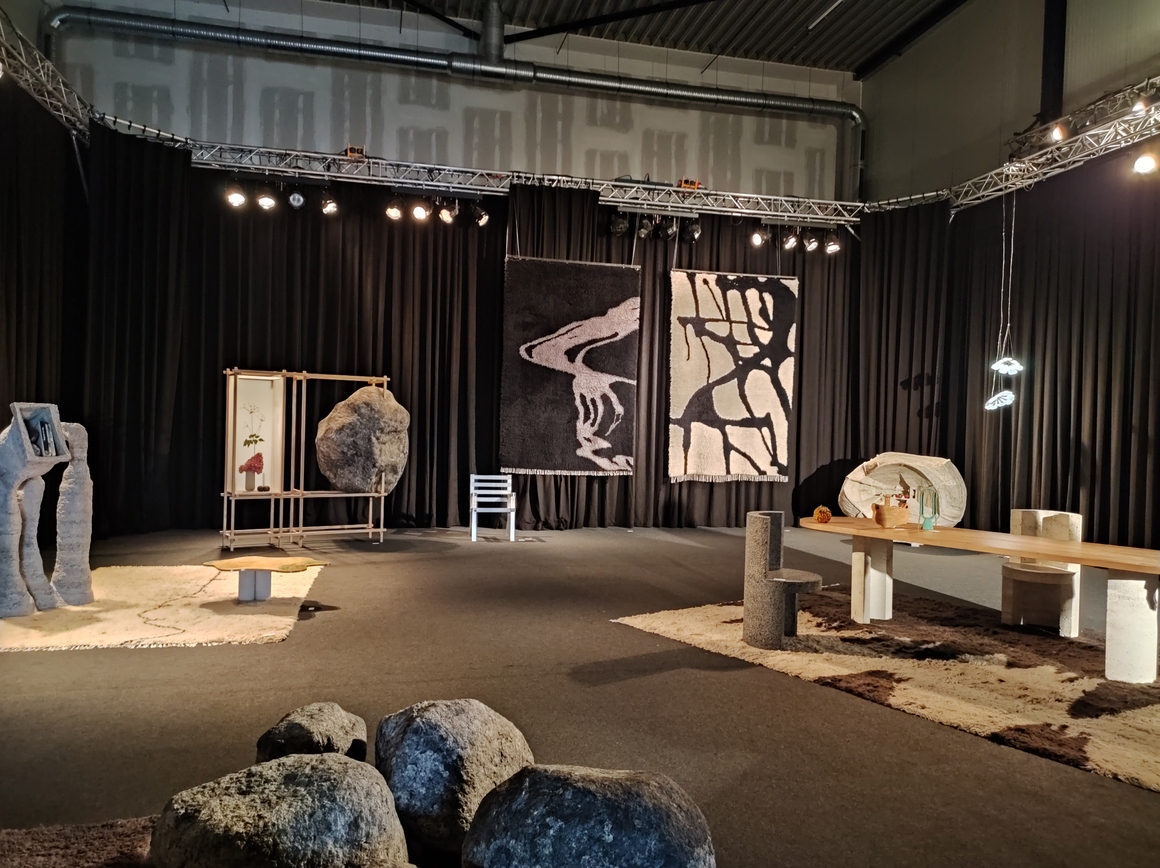
Sectie C 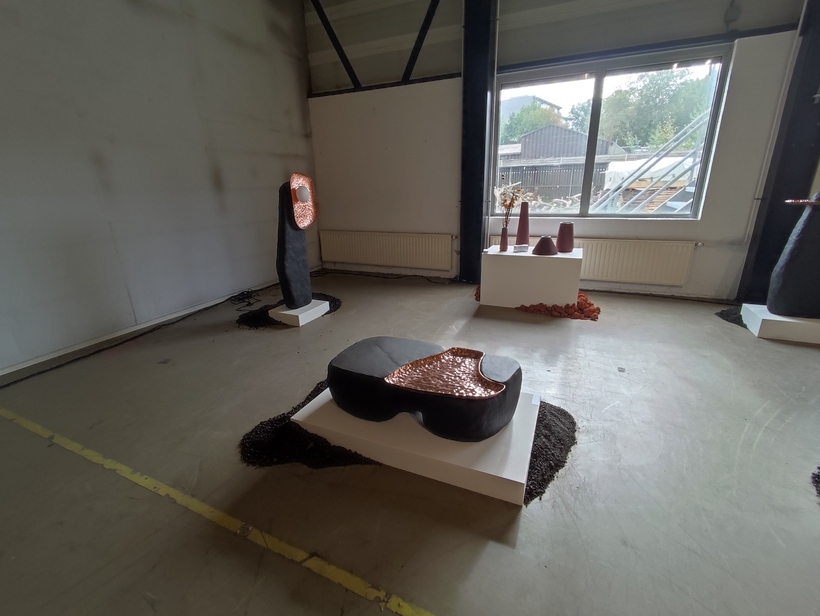
Sectie C 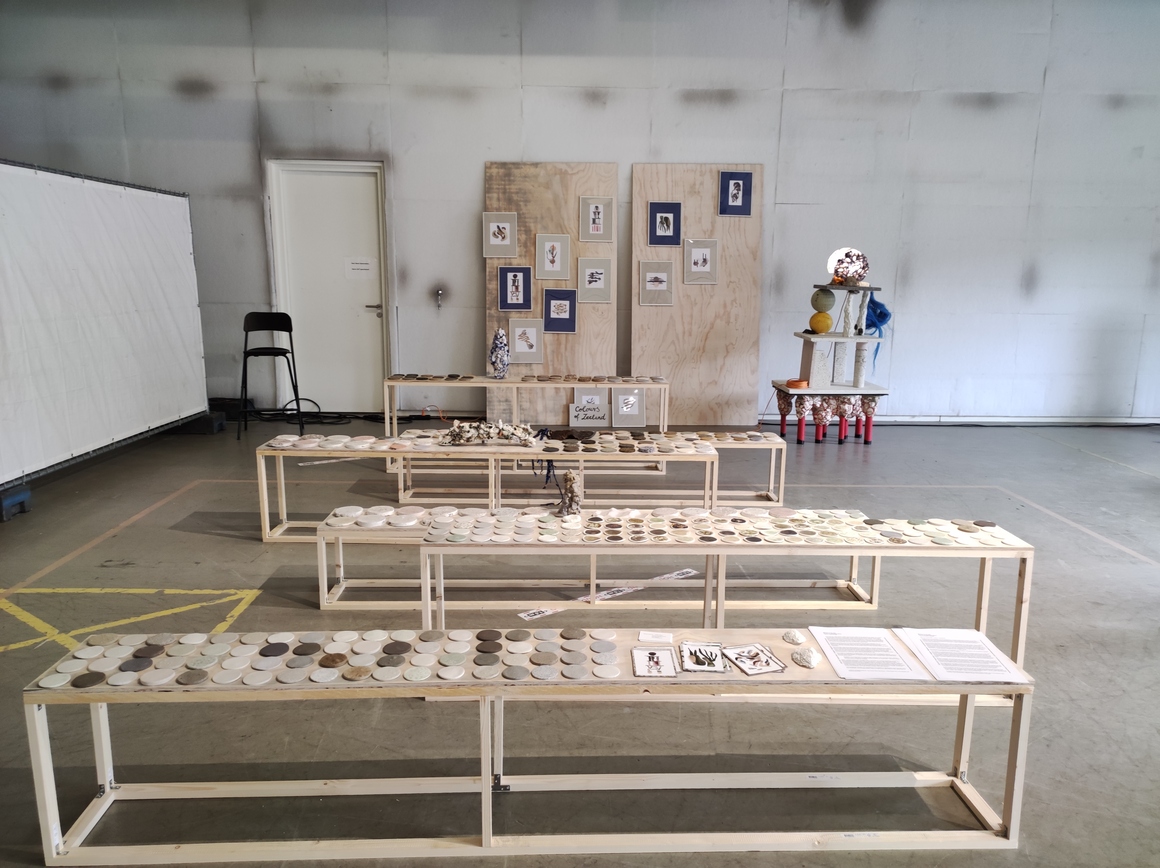
Sectie C 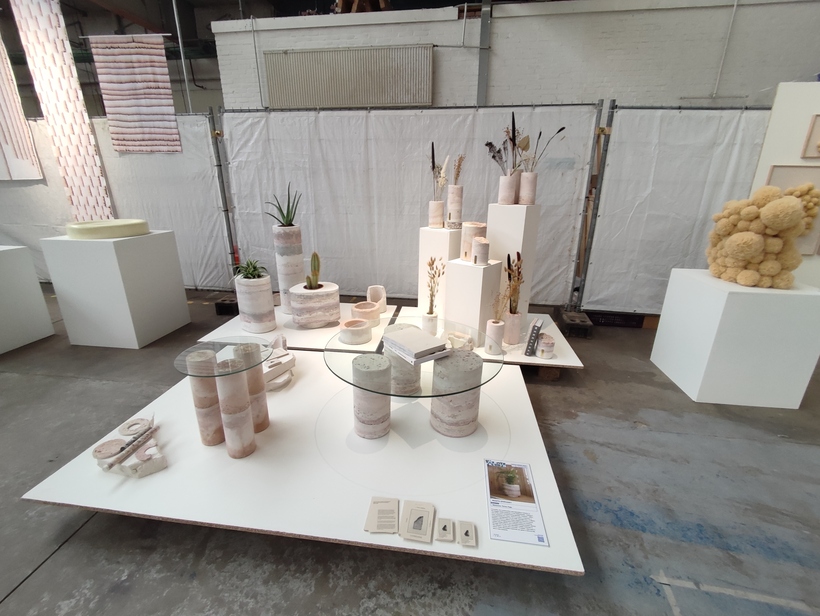
Schellens Fabriek 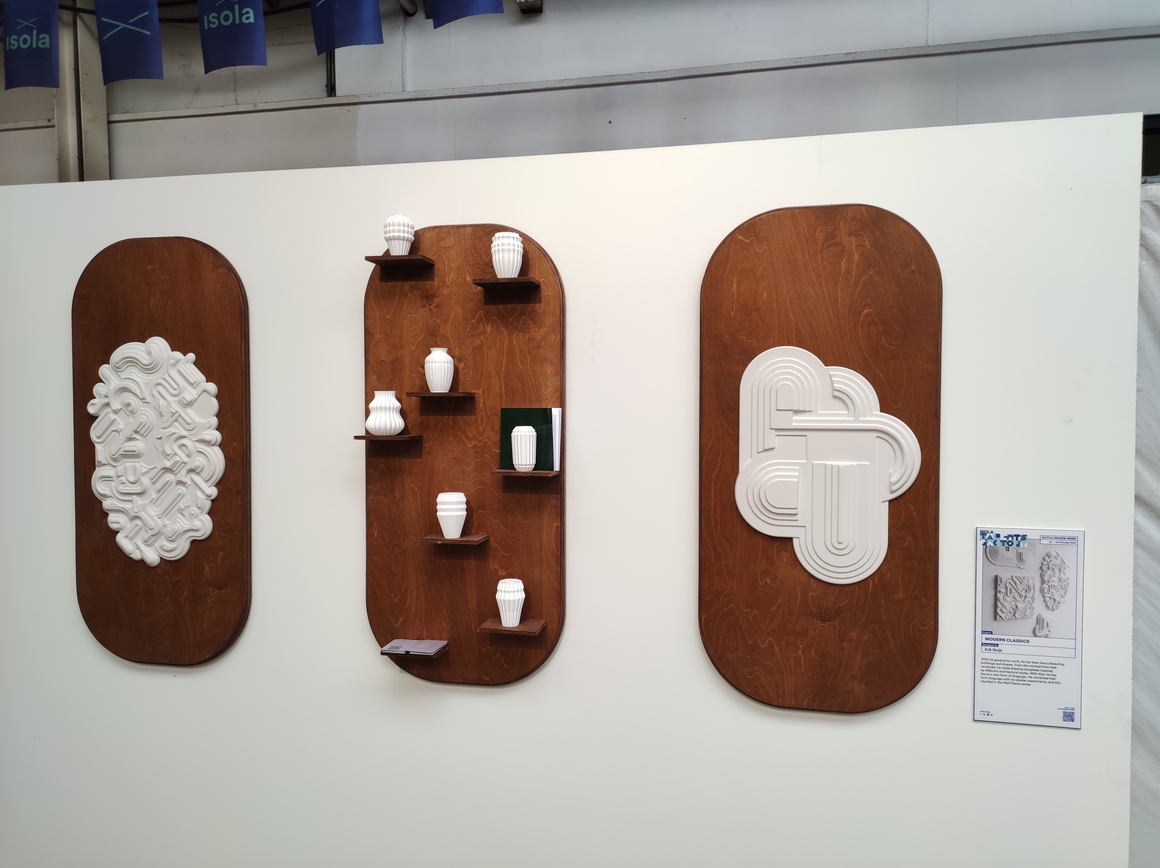
Schellens Fabriek 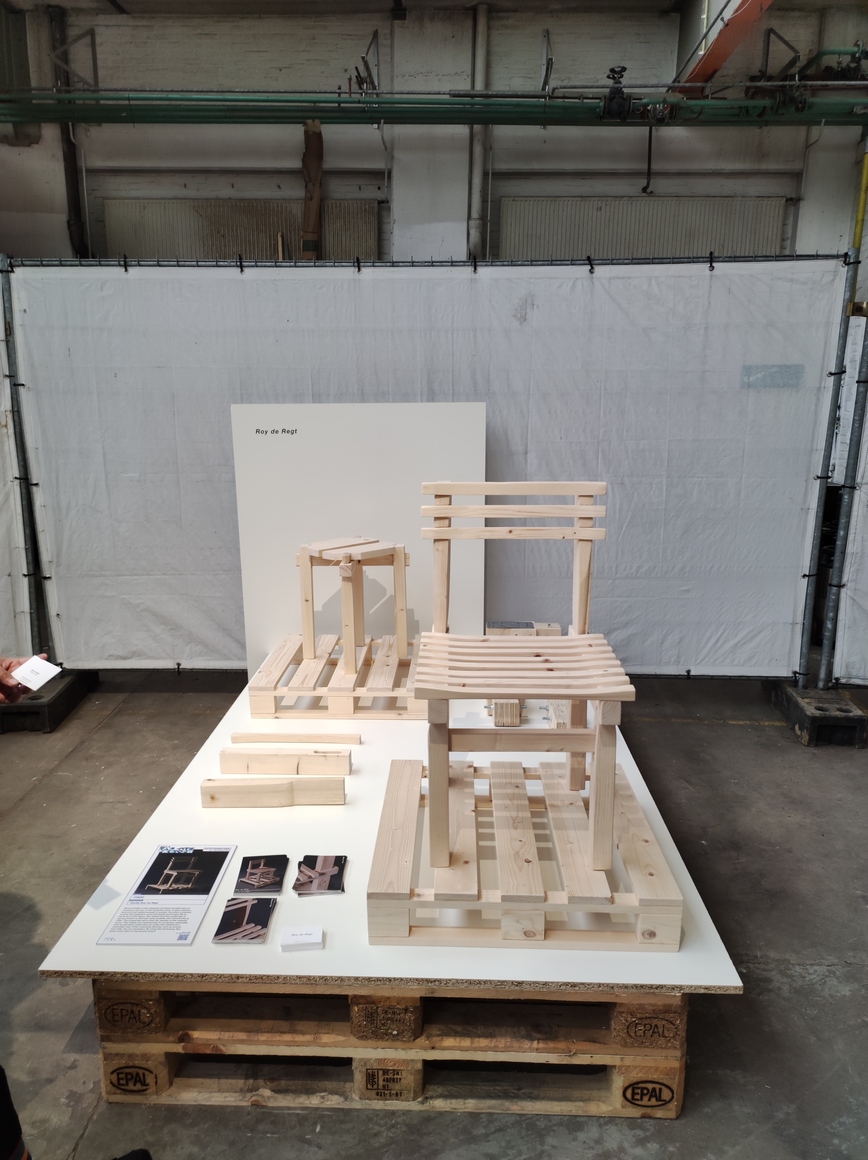
Schellens Fabriek 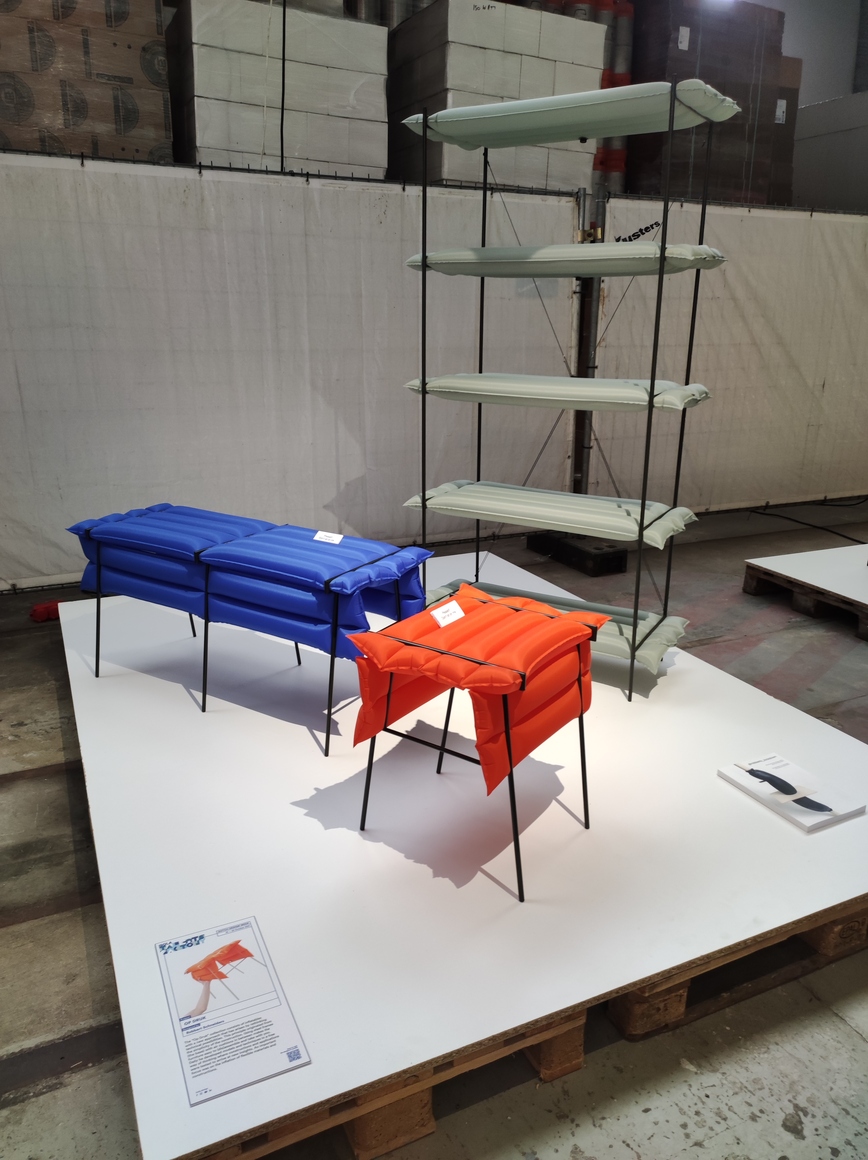
Schellens Fabriek 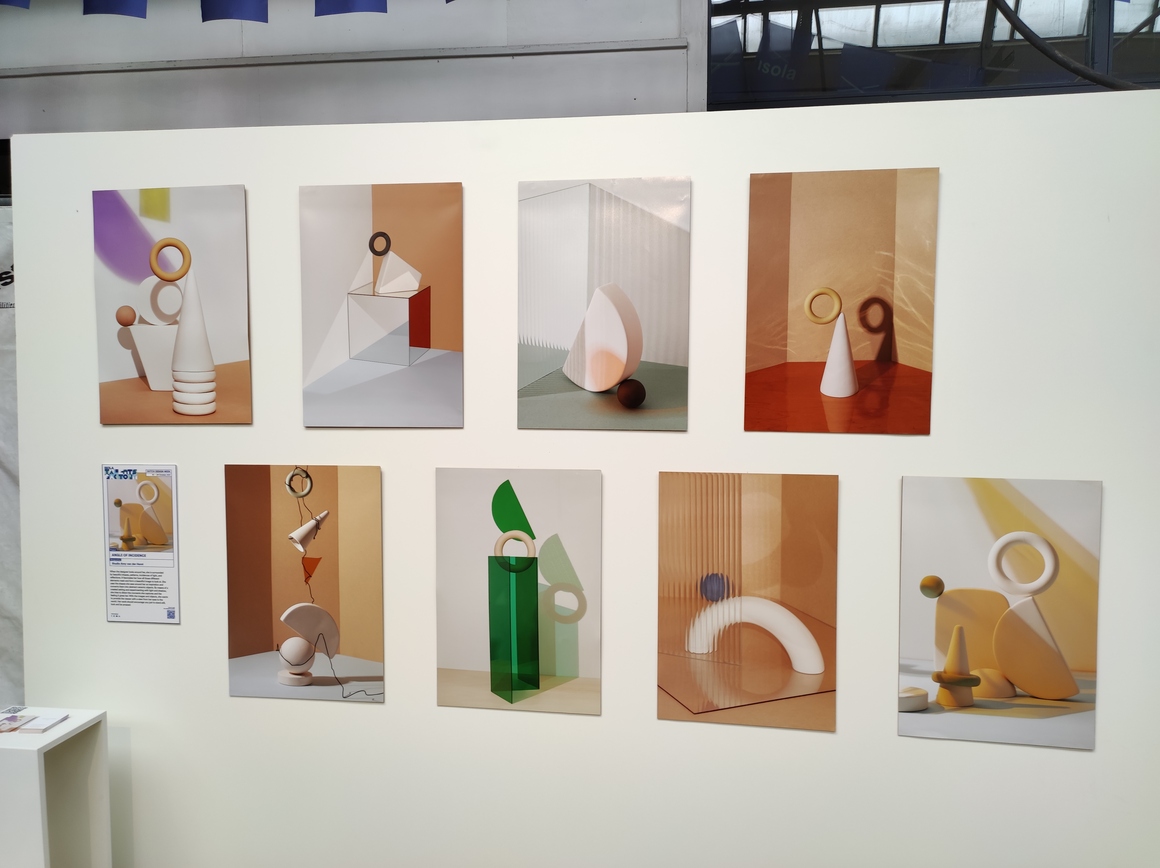
Schellens Fabriek 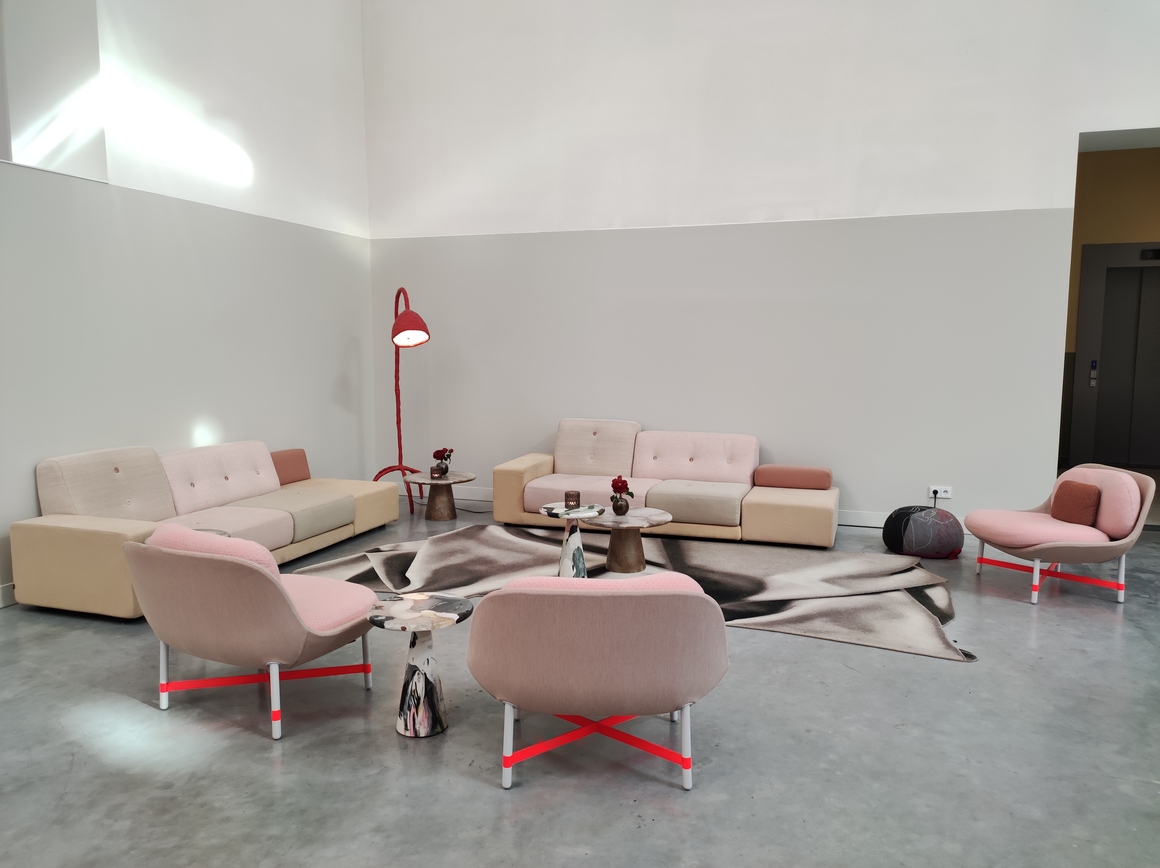
Marienhage Hotel 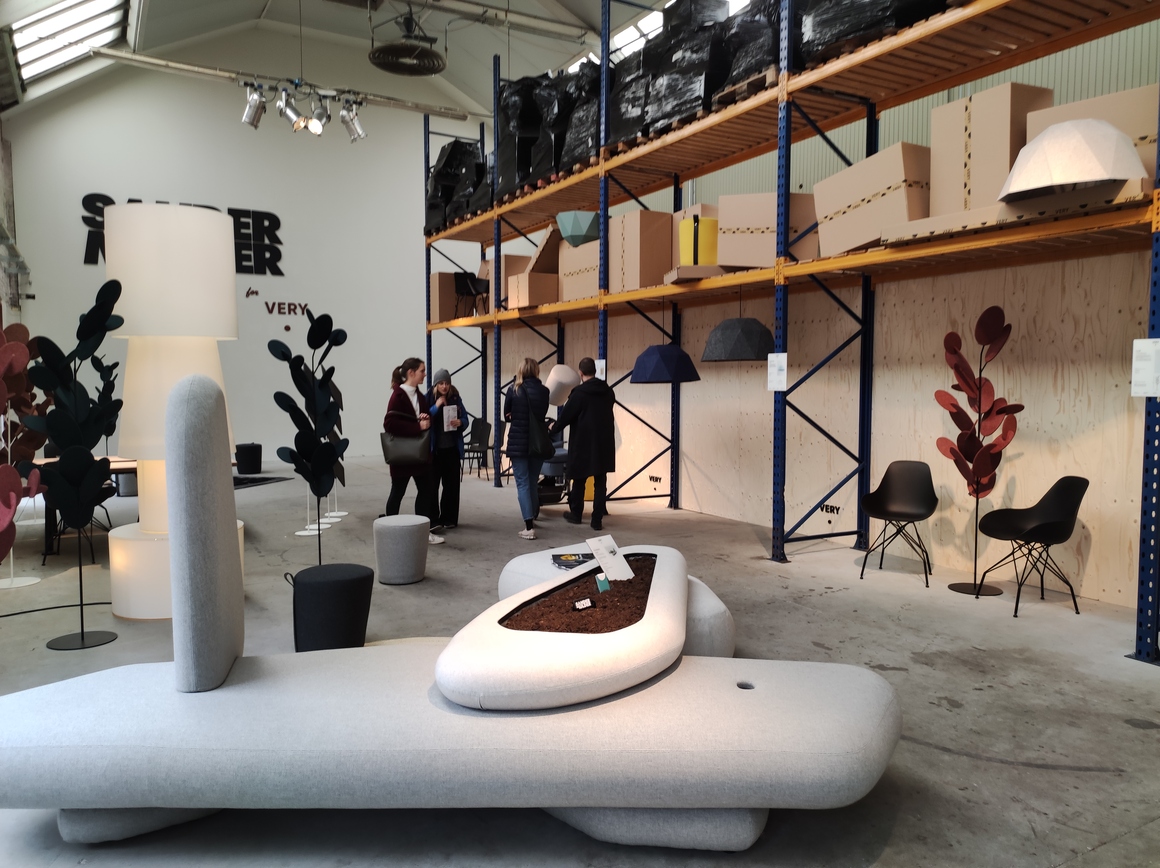
Schellens Fabriek 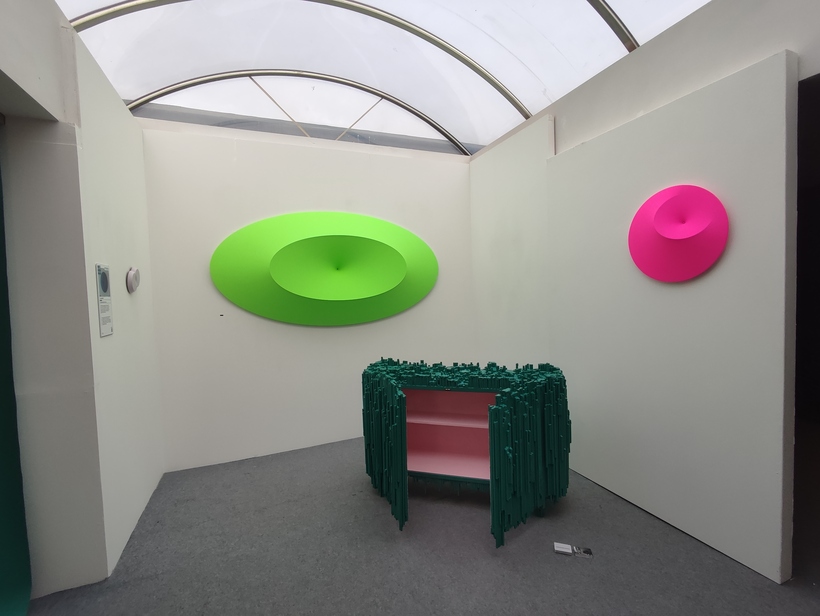
Pennings Foundation 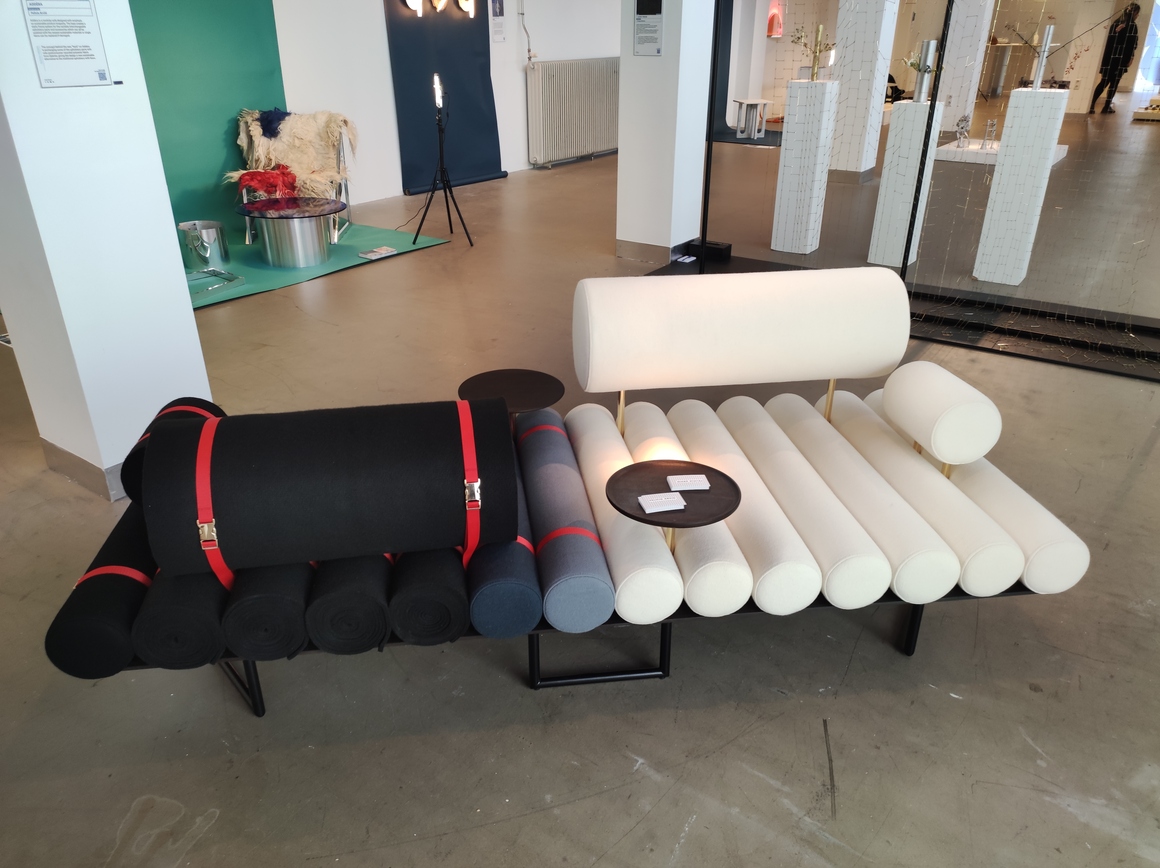
Pennings Foundation 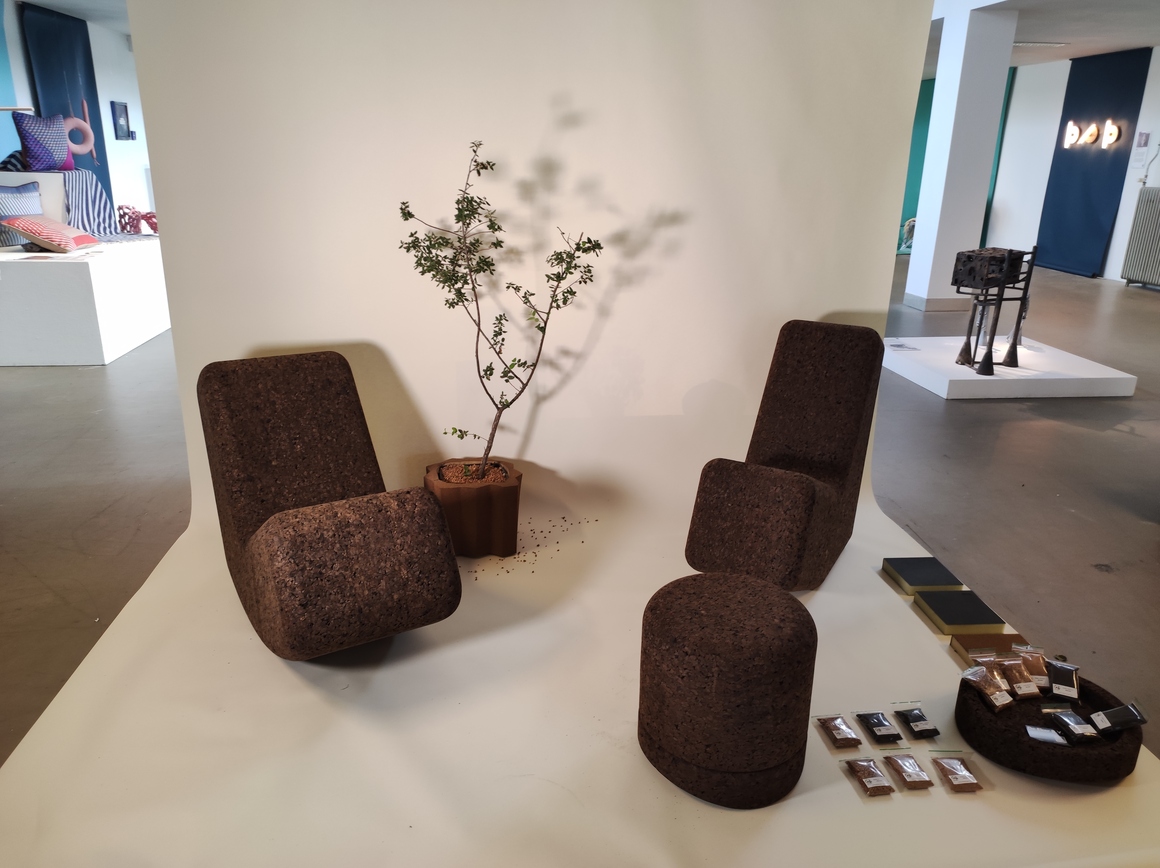
Pennings Foundation 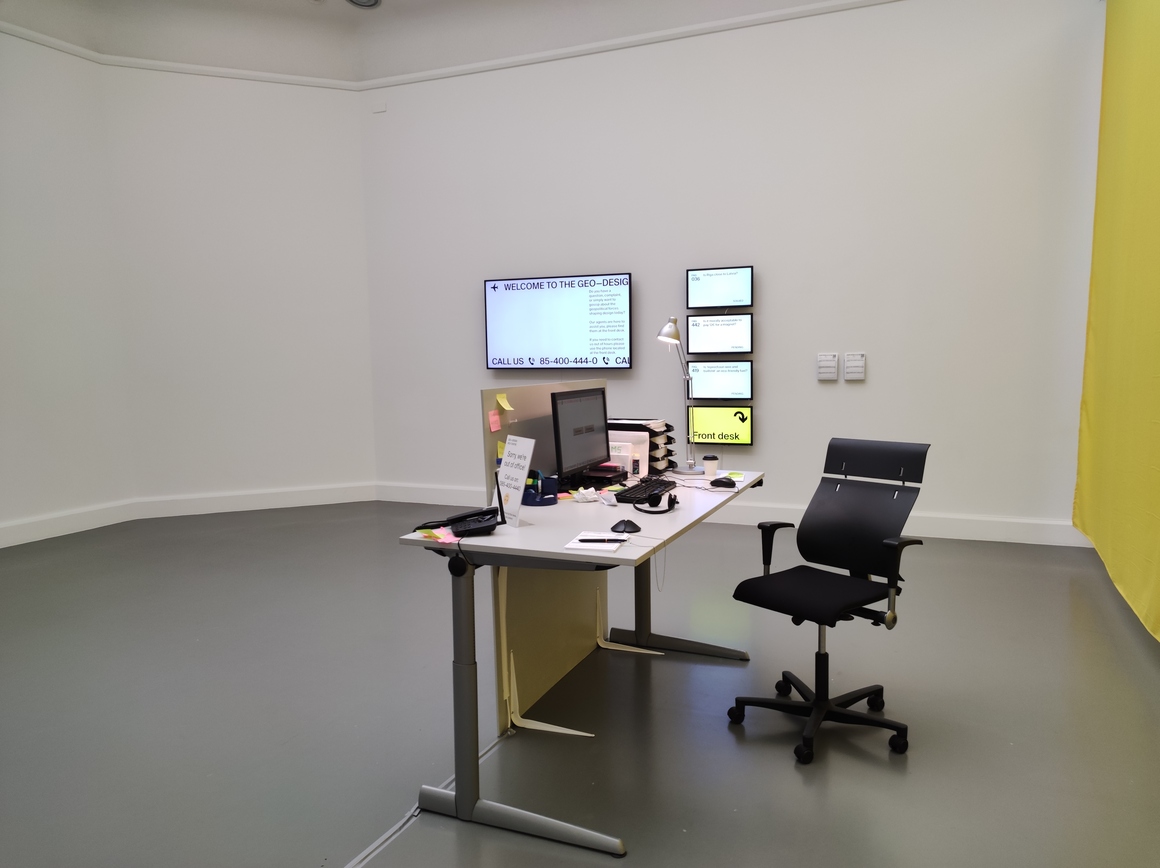
Geo-Design 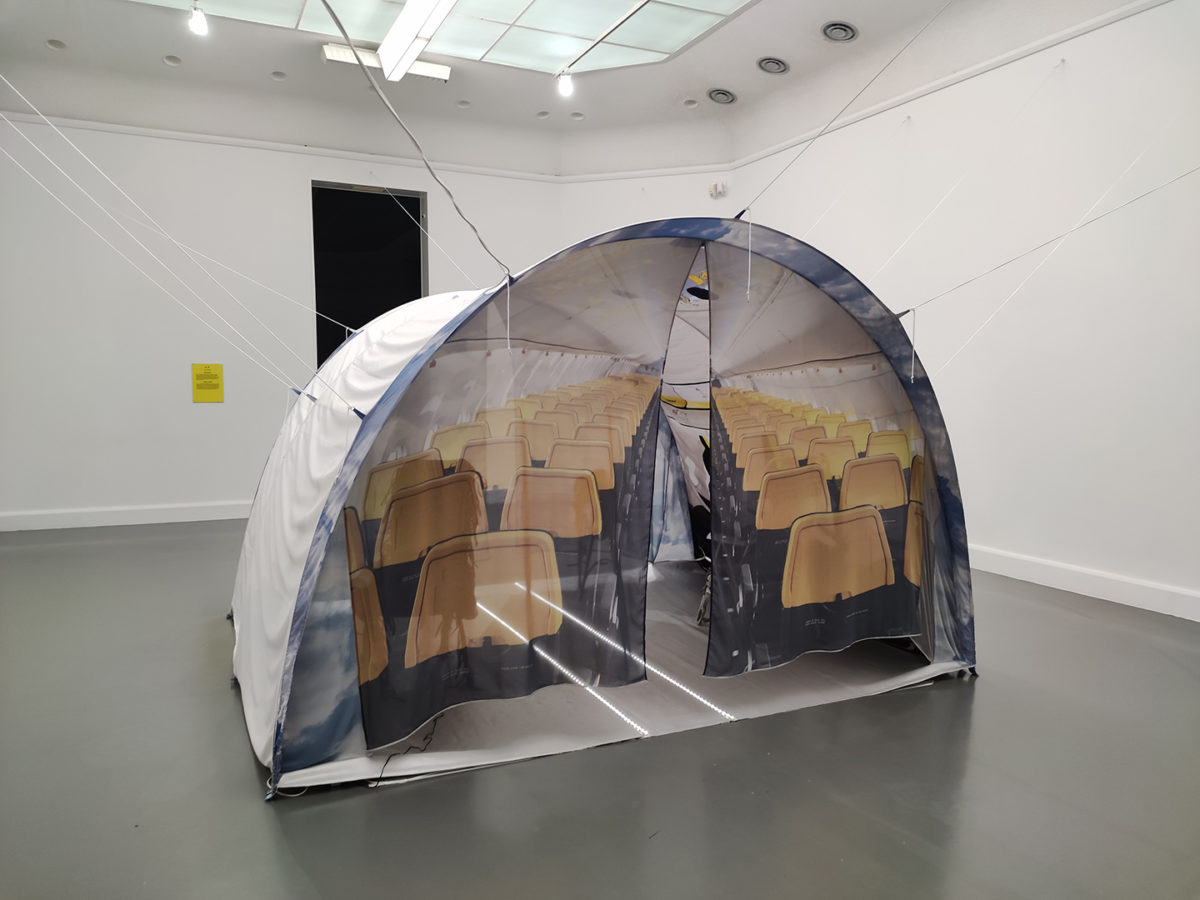
Geo-Design 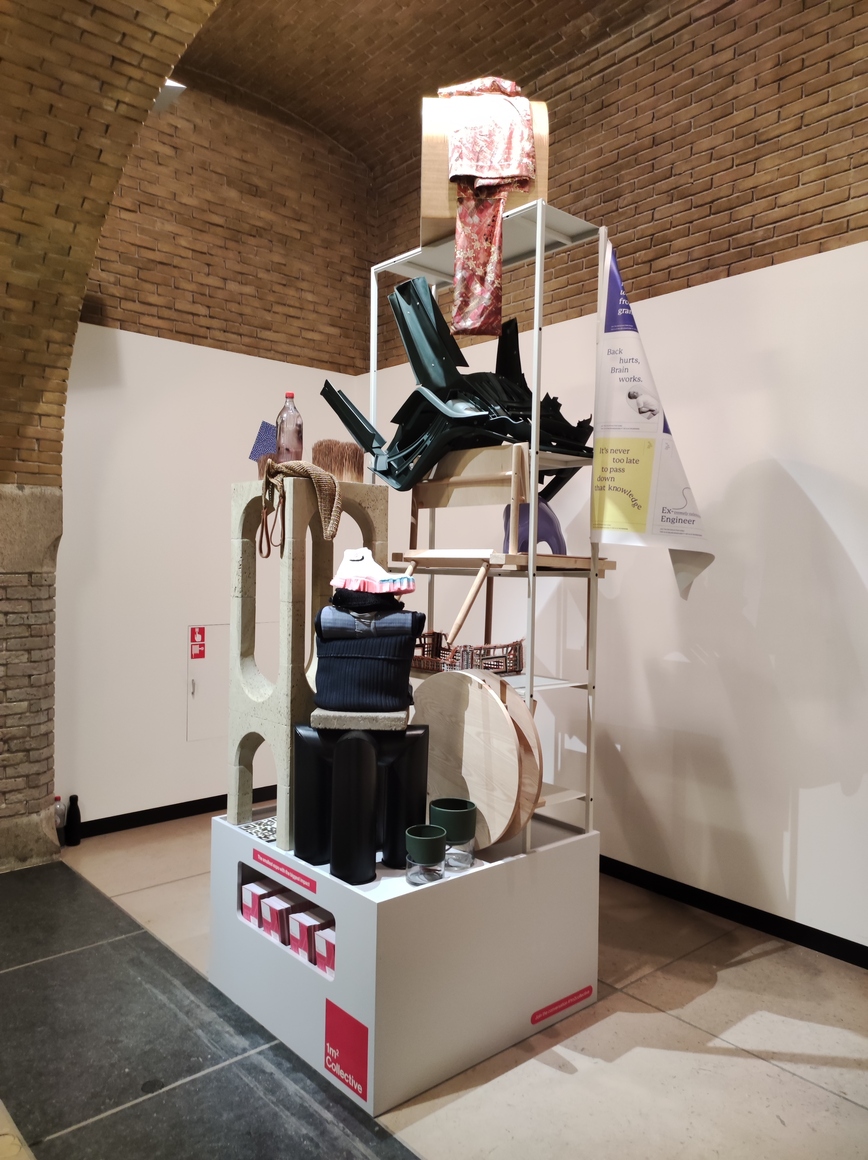
Van Abbemuseum 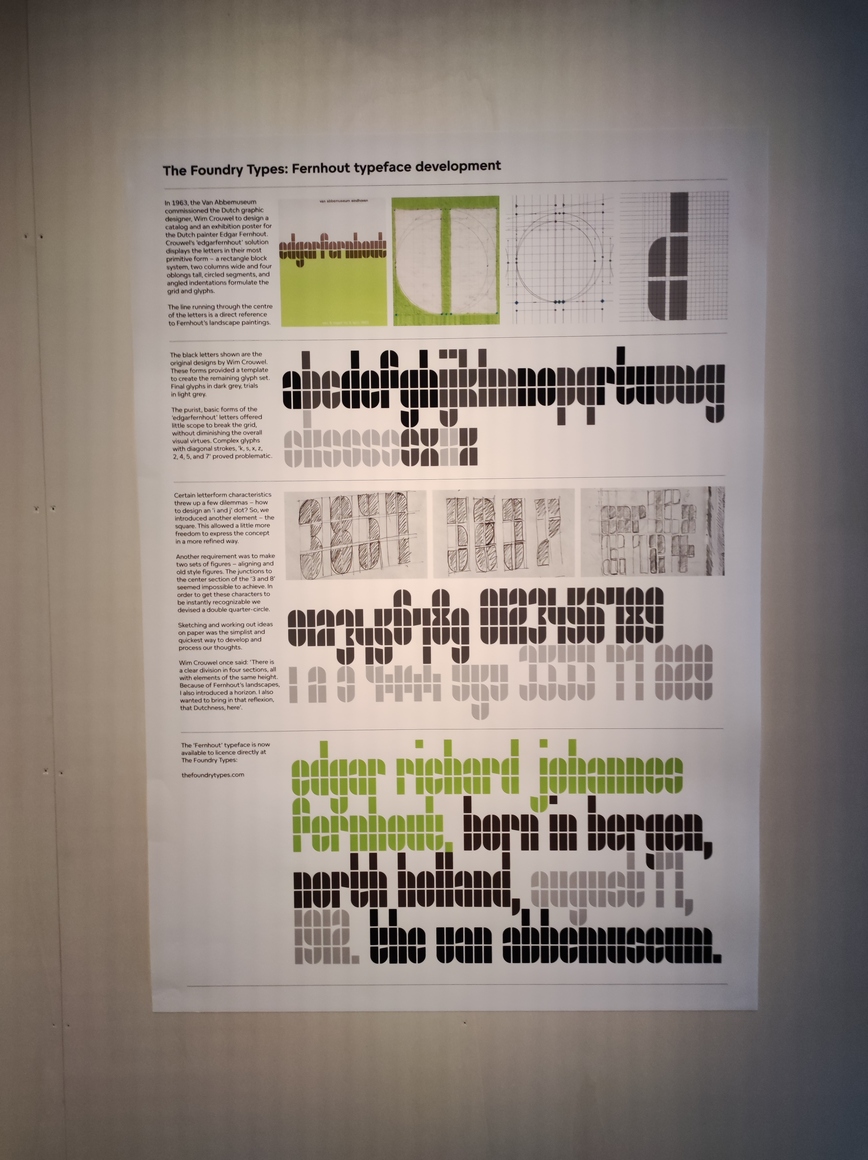
DDW font 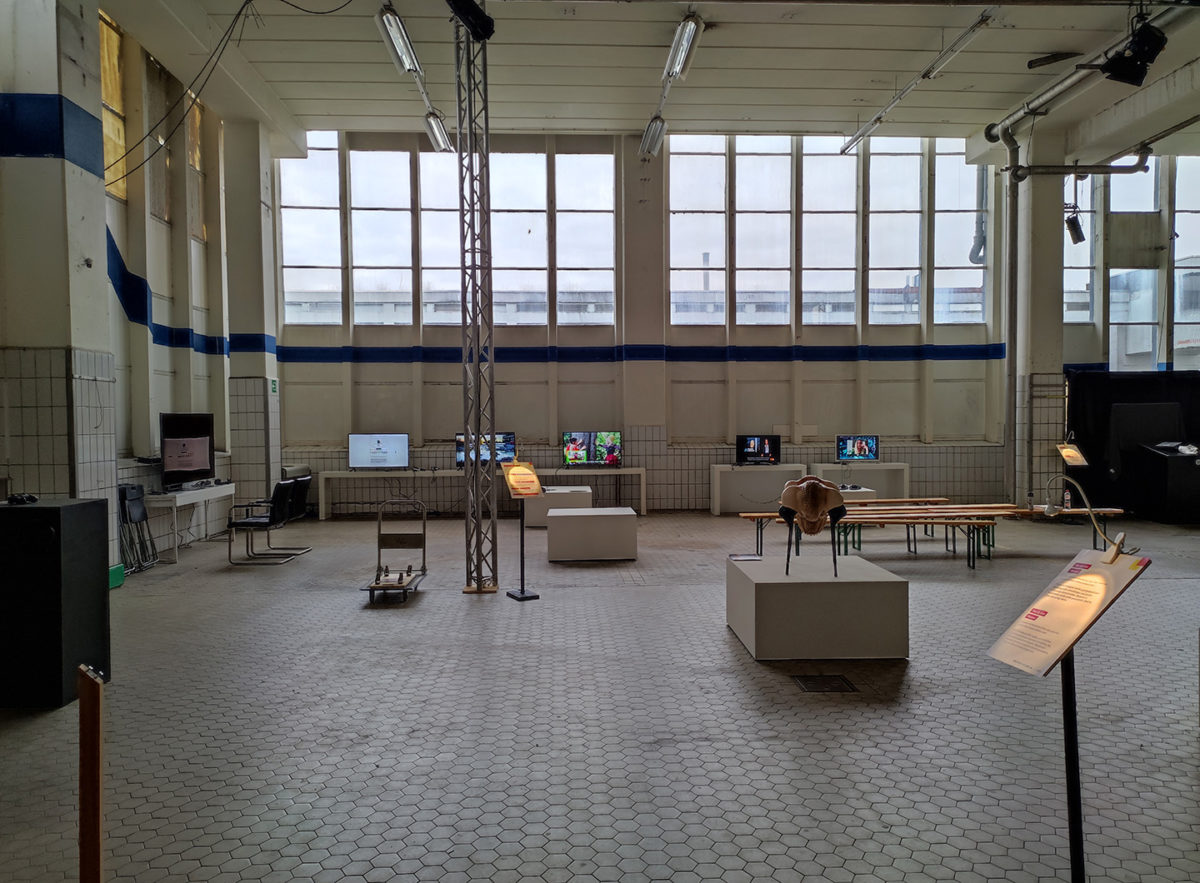
Melkfabriek 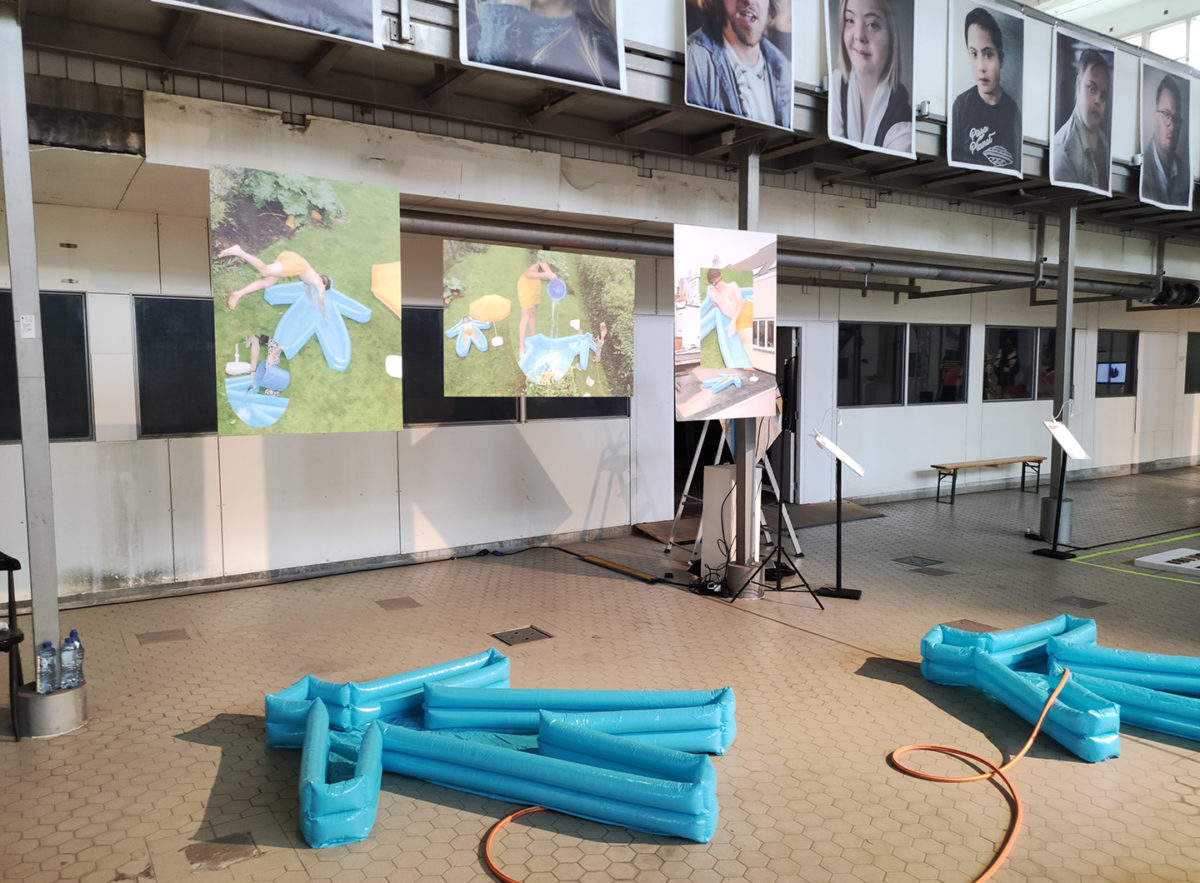
Melkfabriek 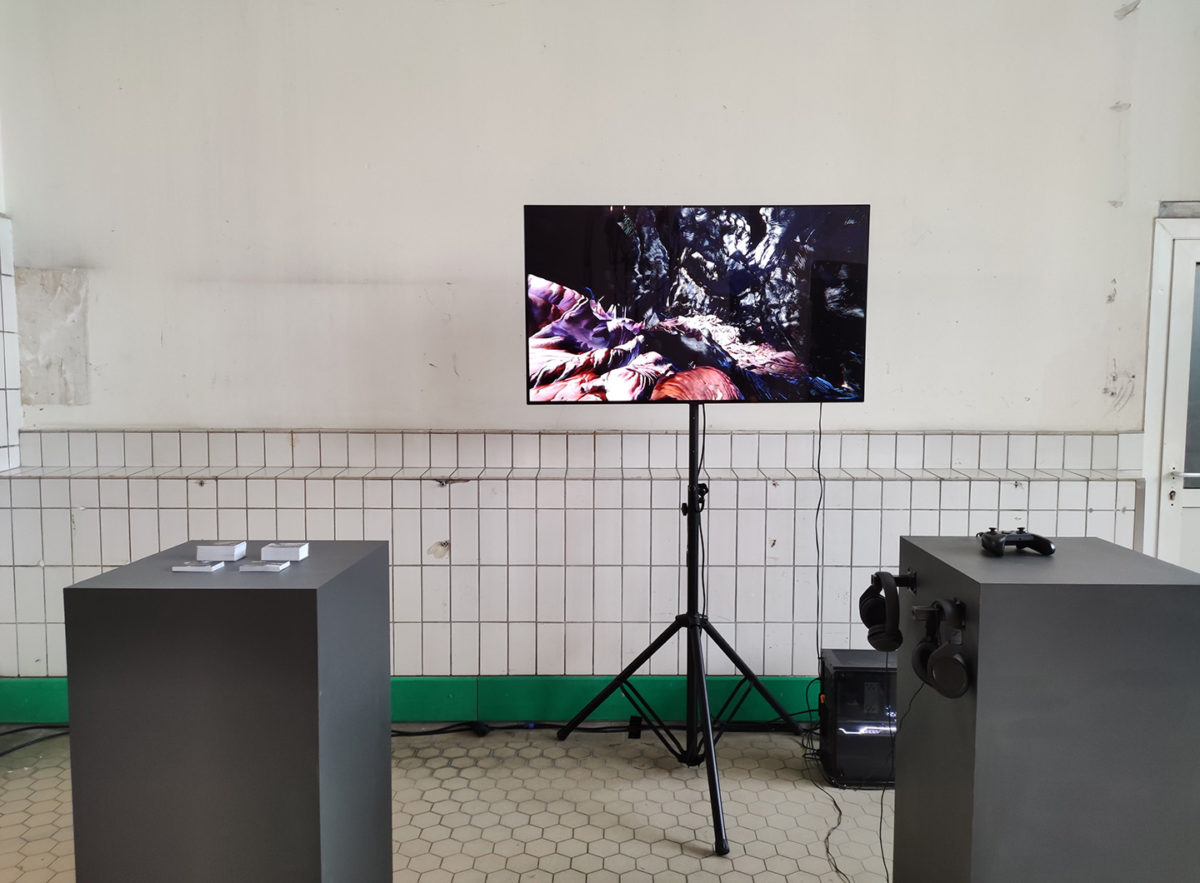
Melkfabriek 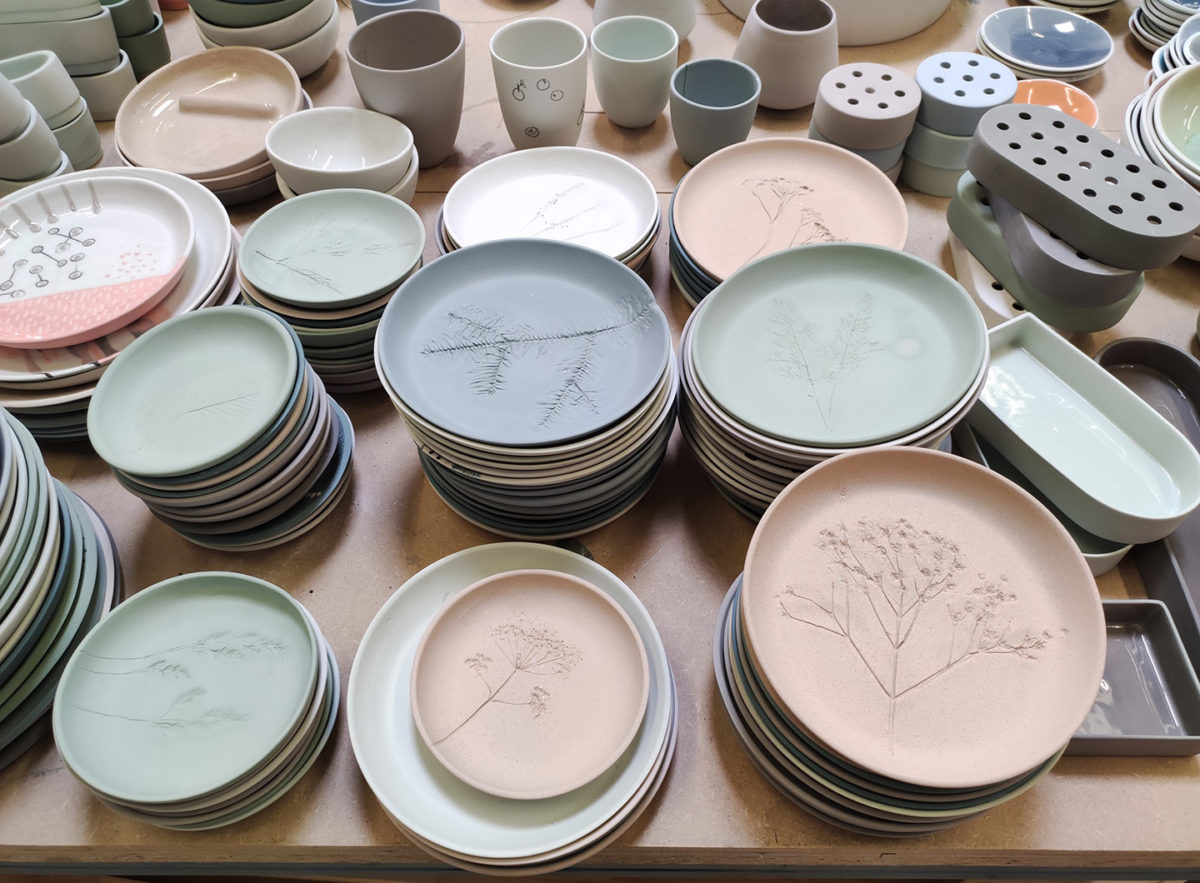

Area 51 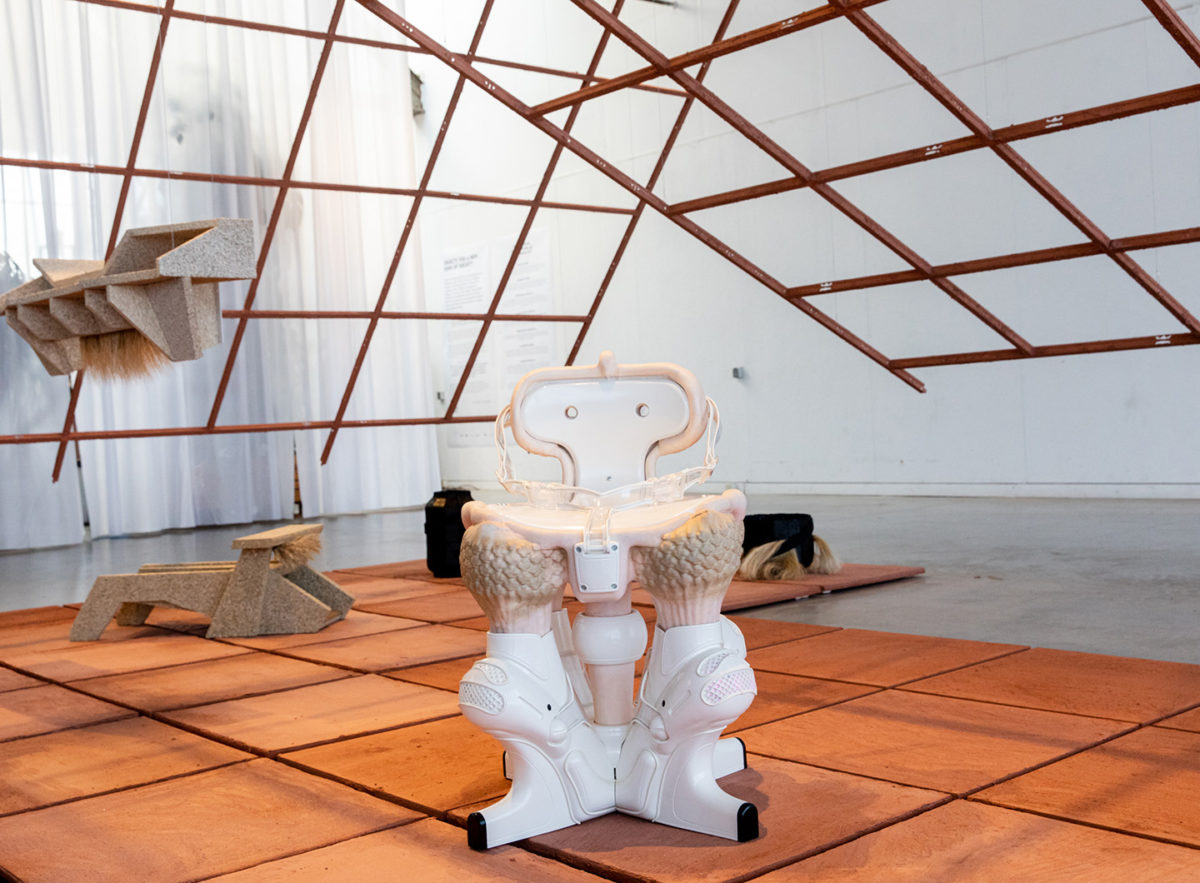
Fuutlaan Hall 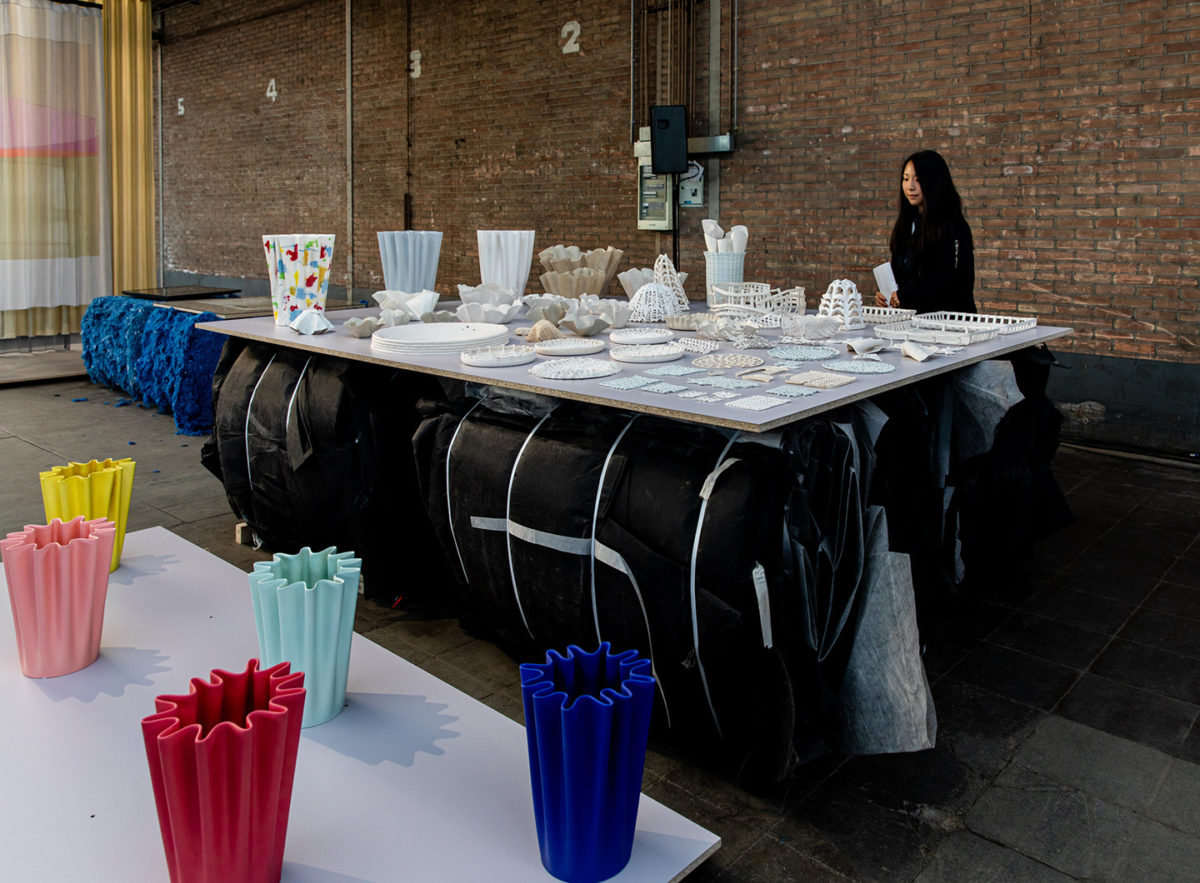
Cabinet of Collaborations
